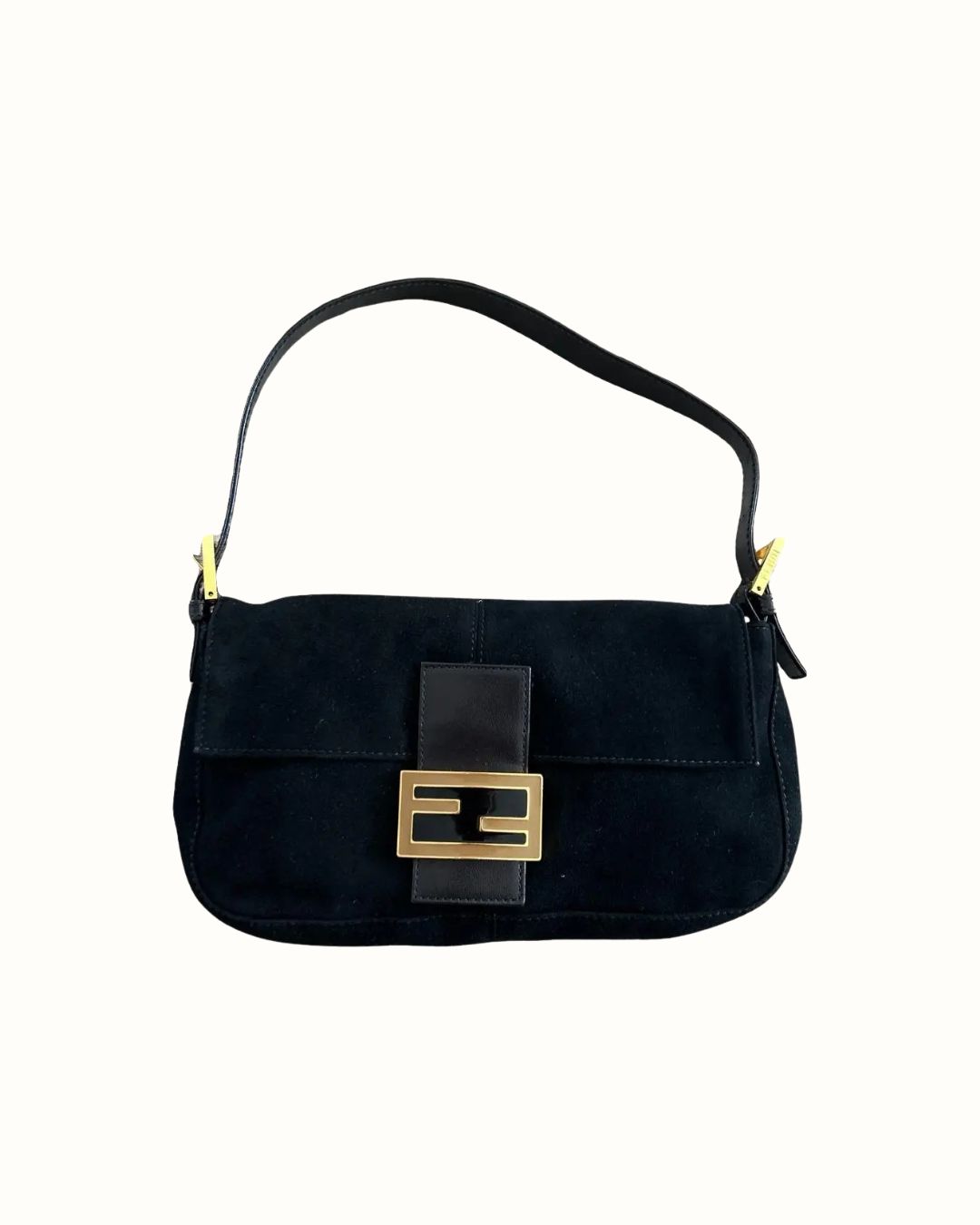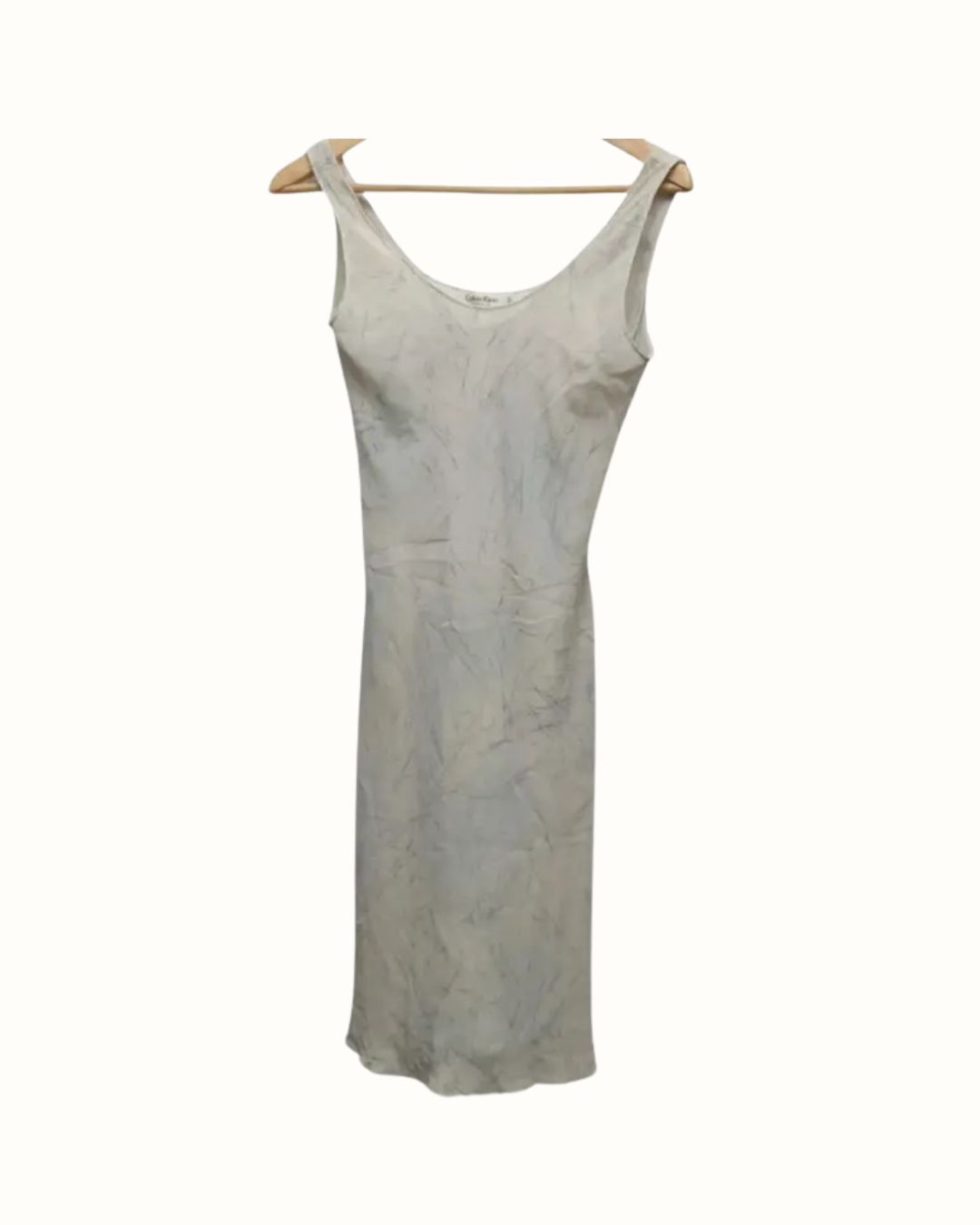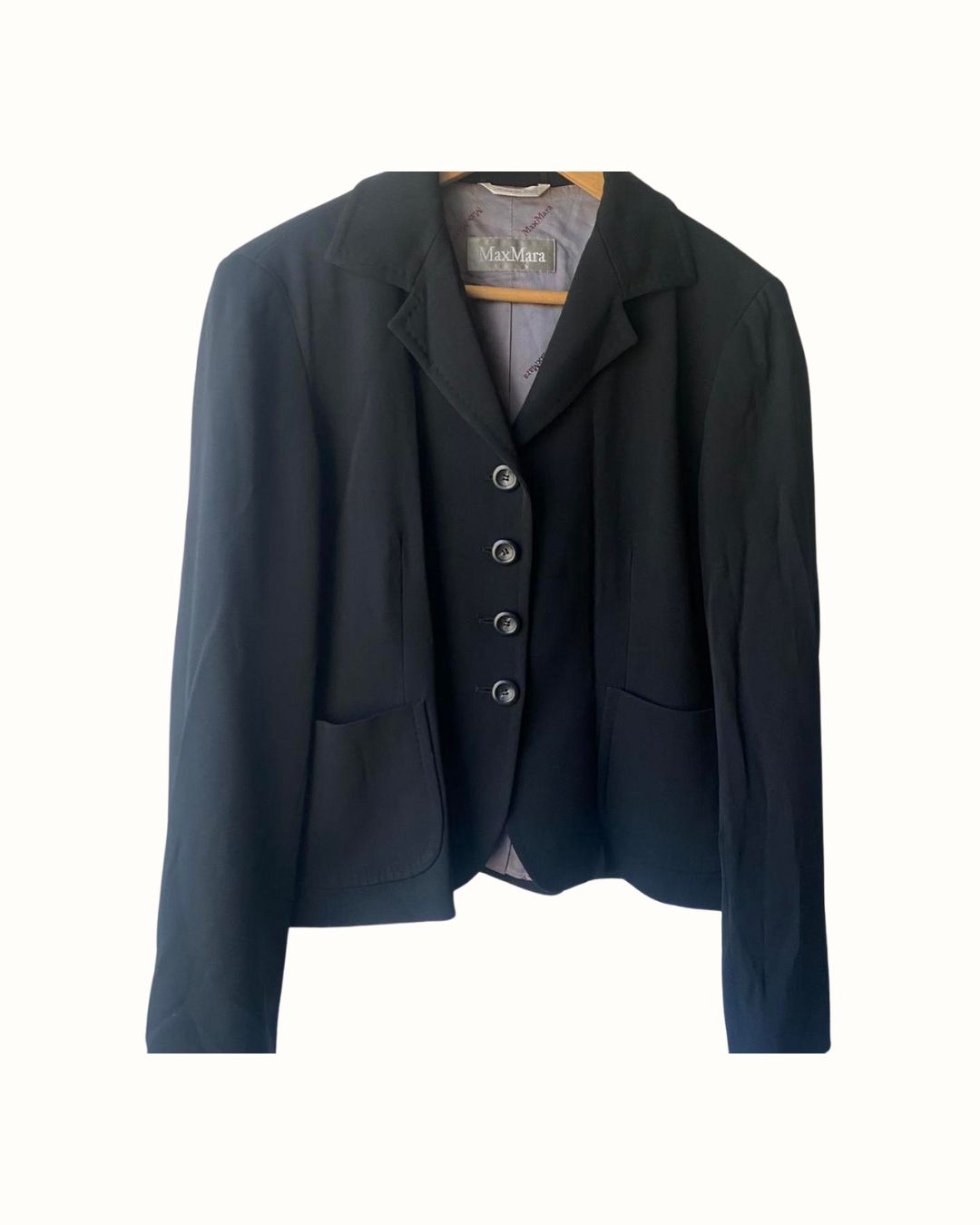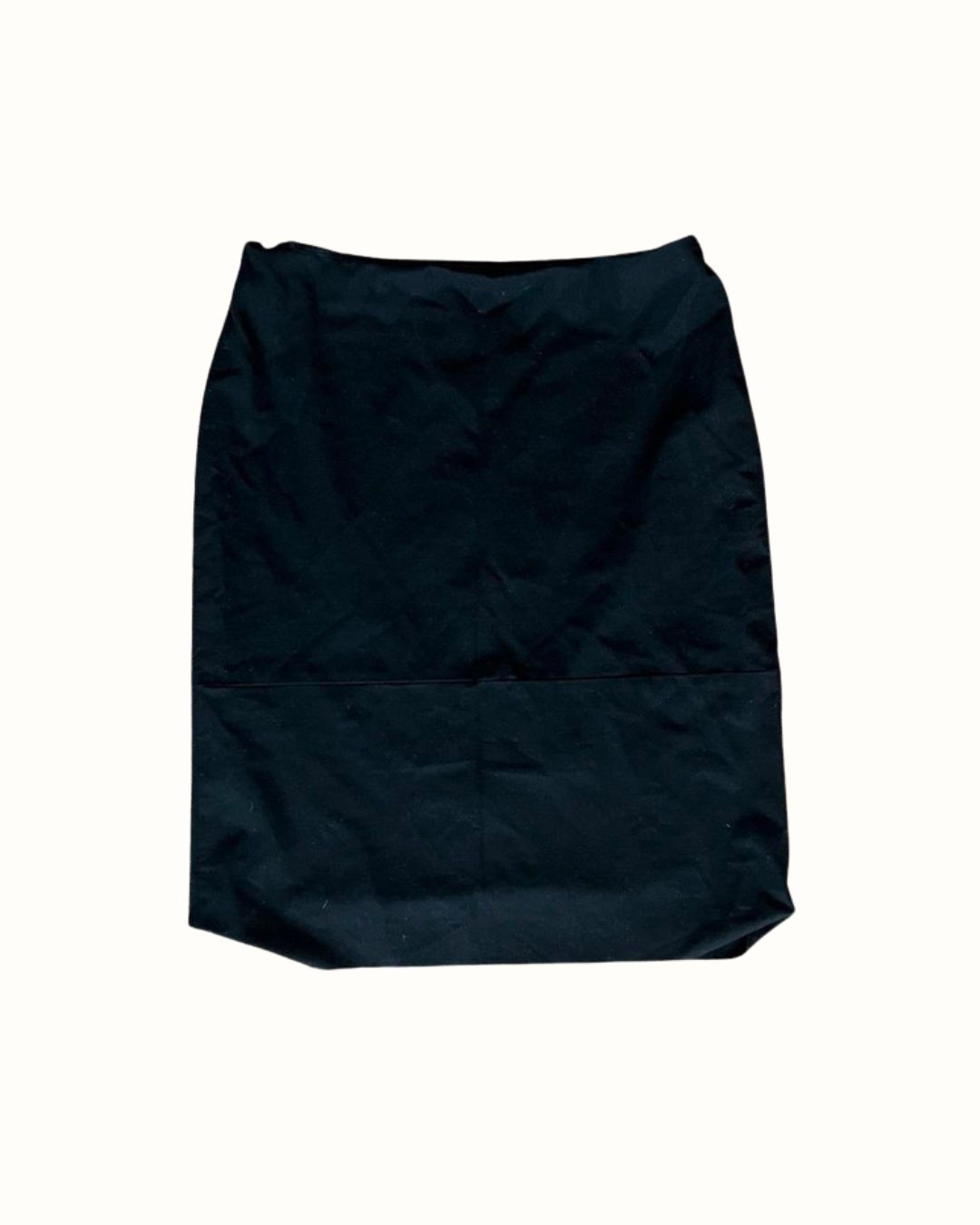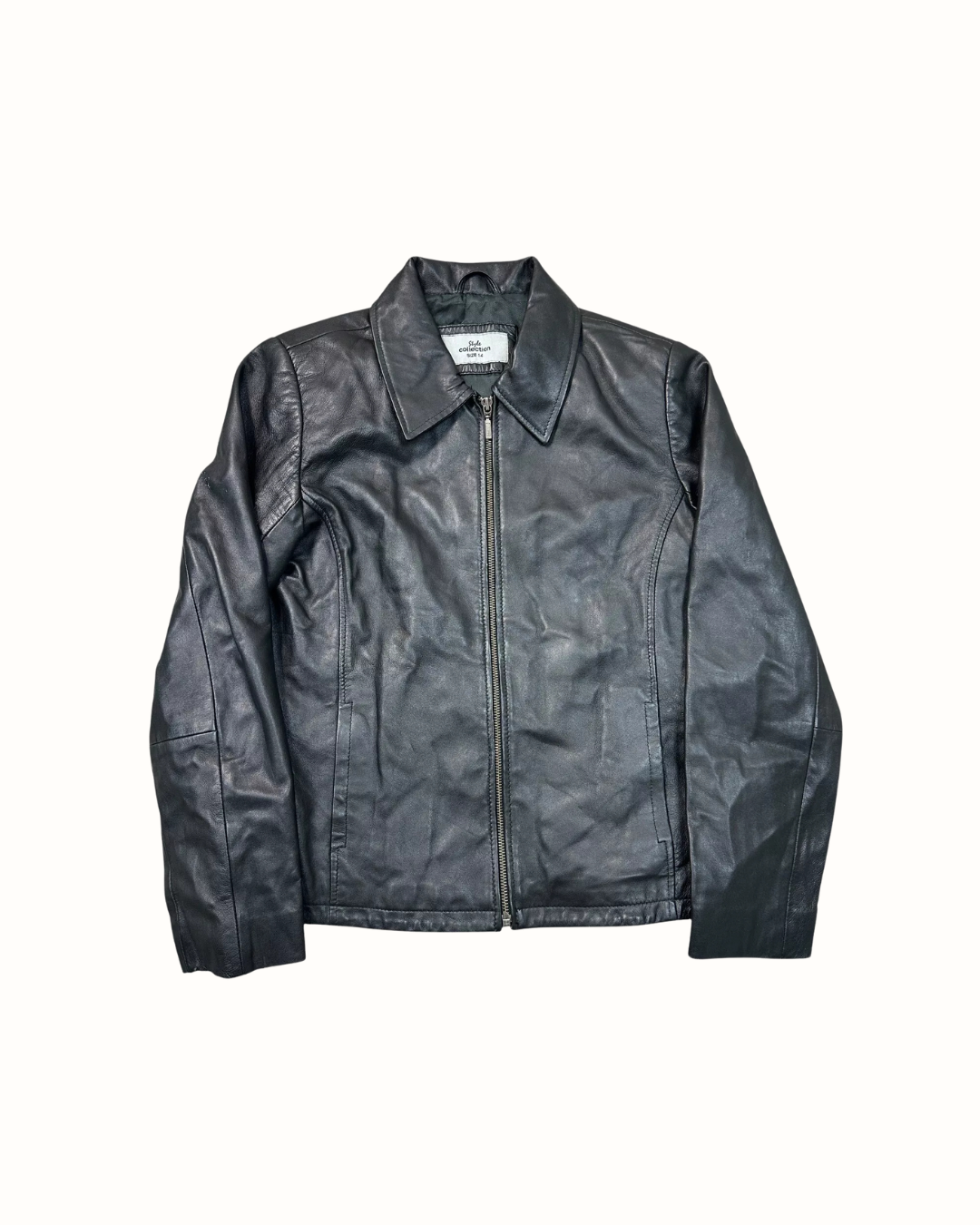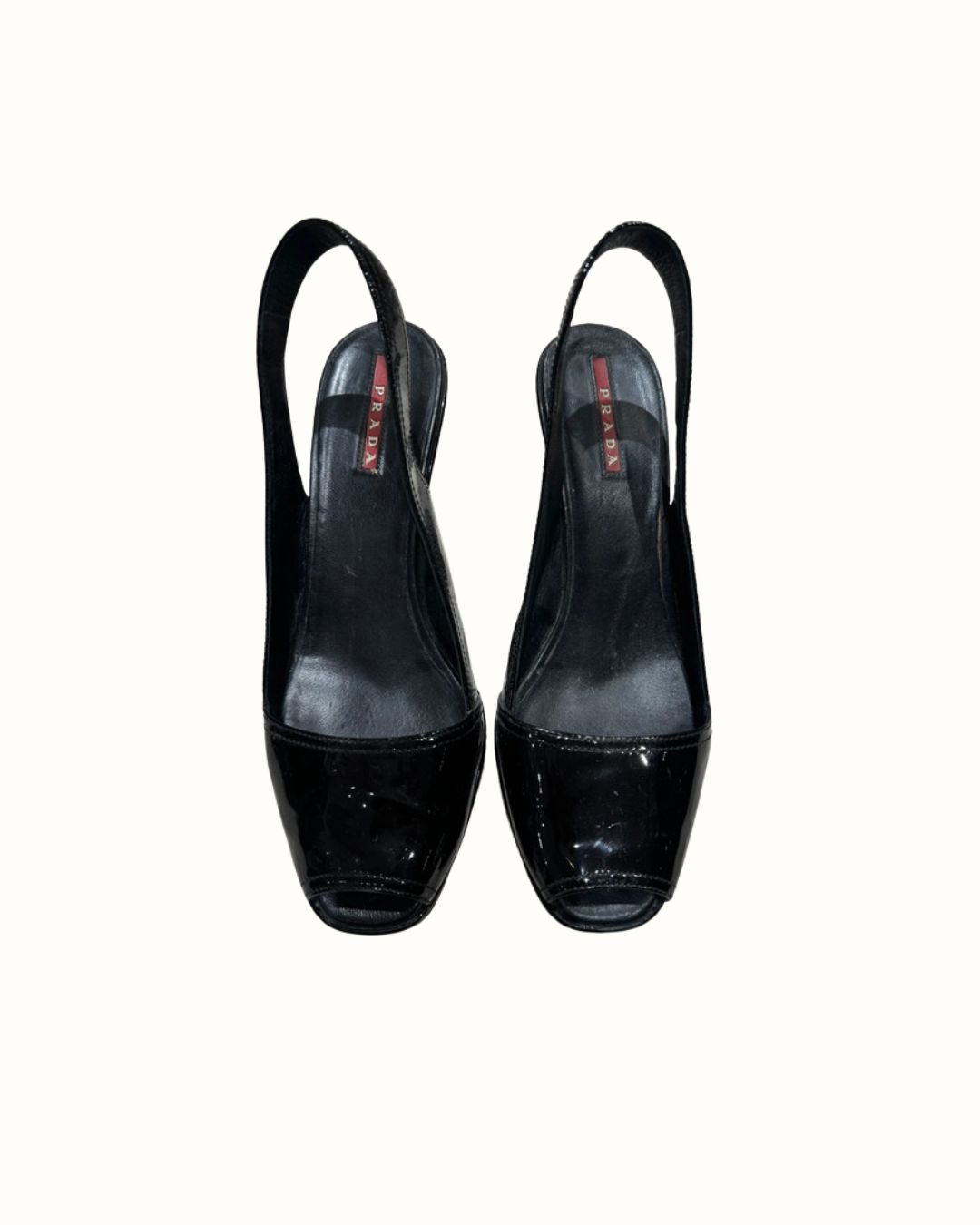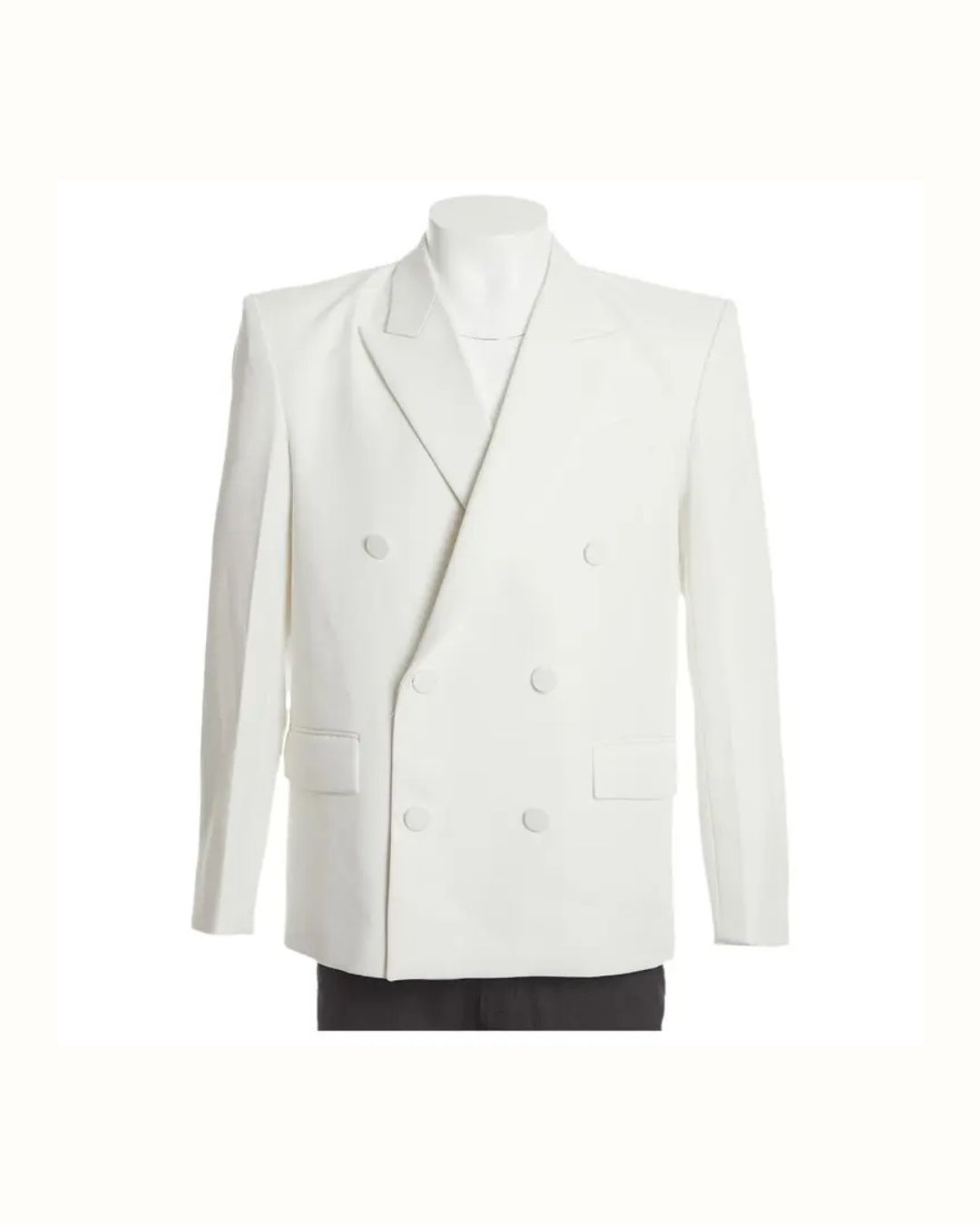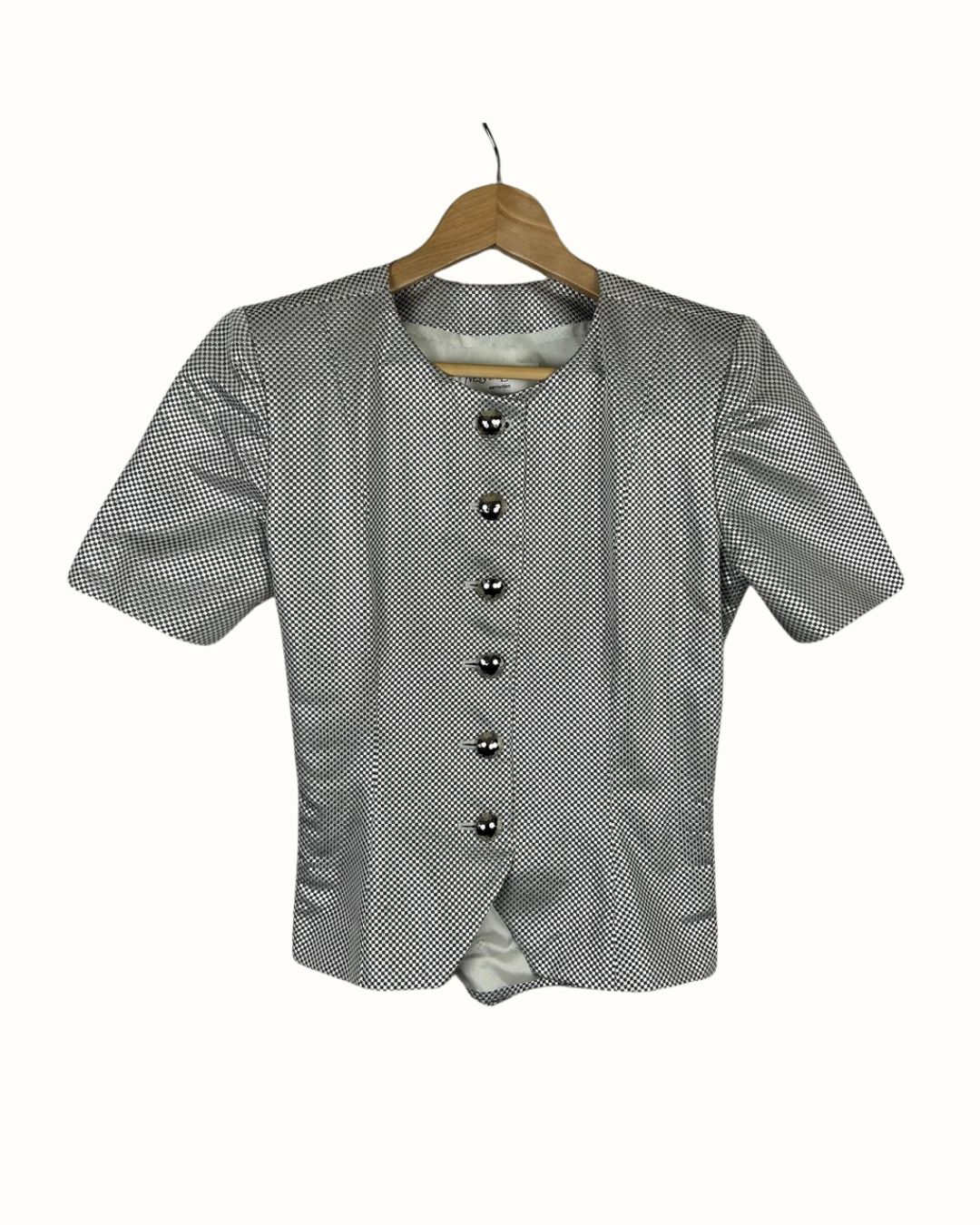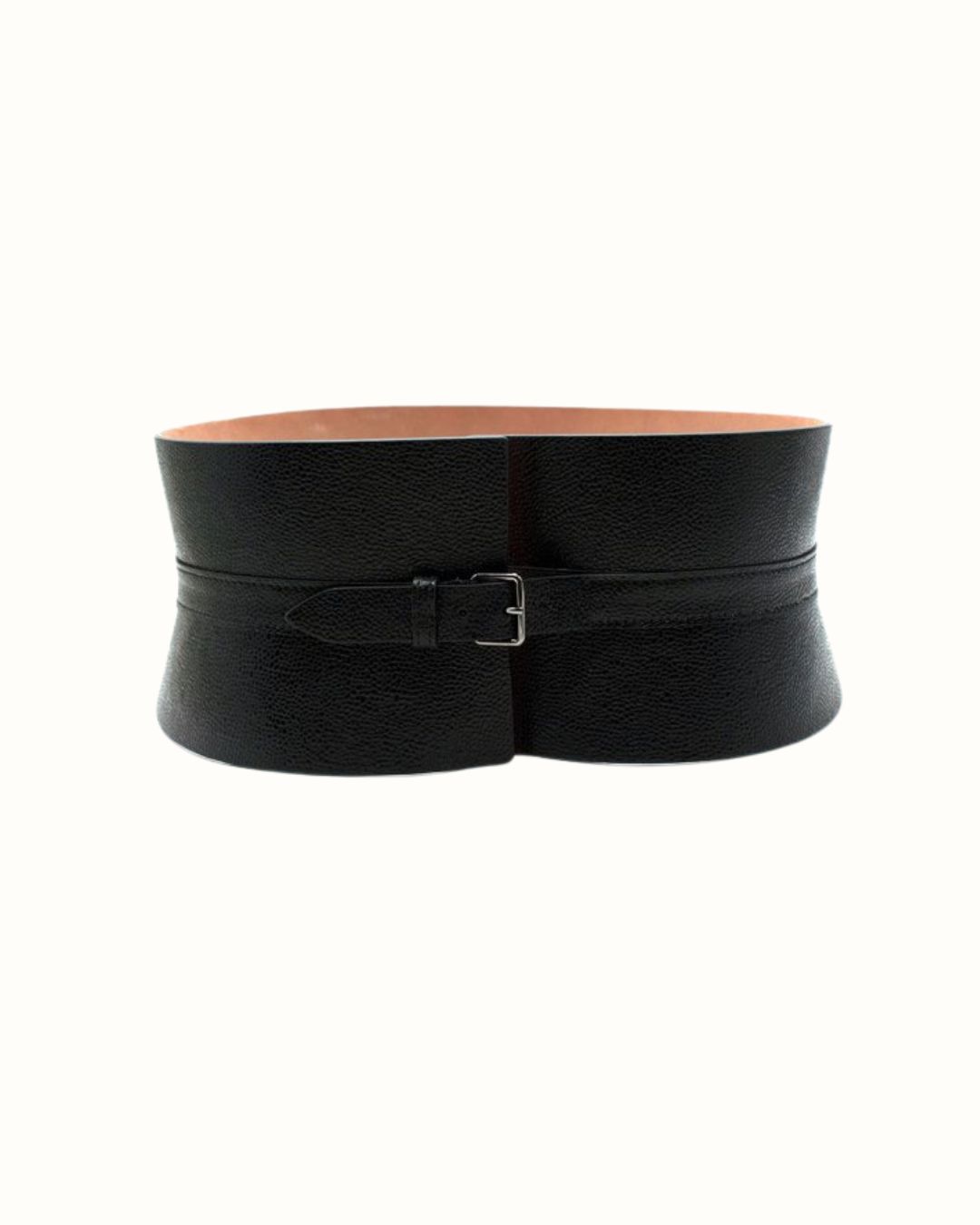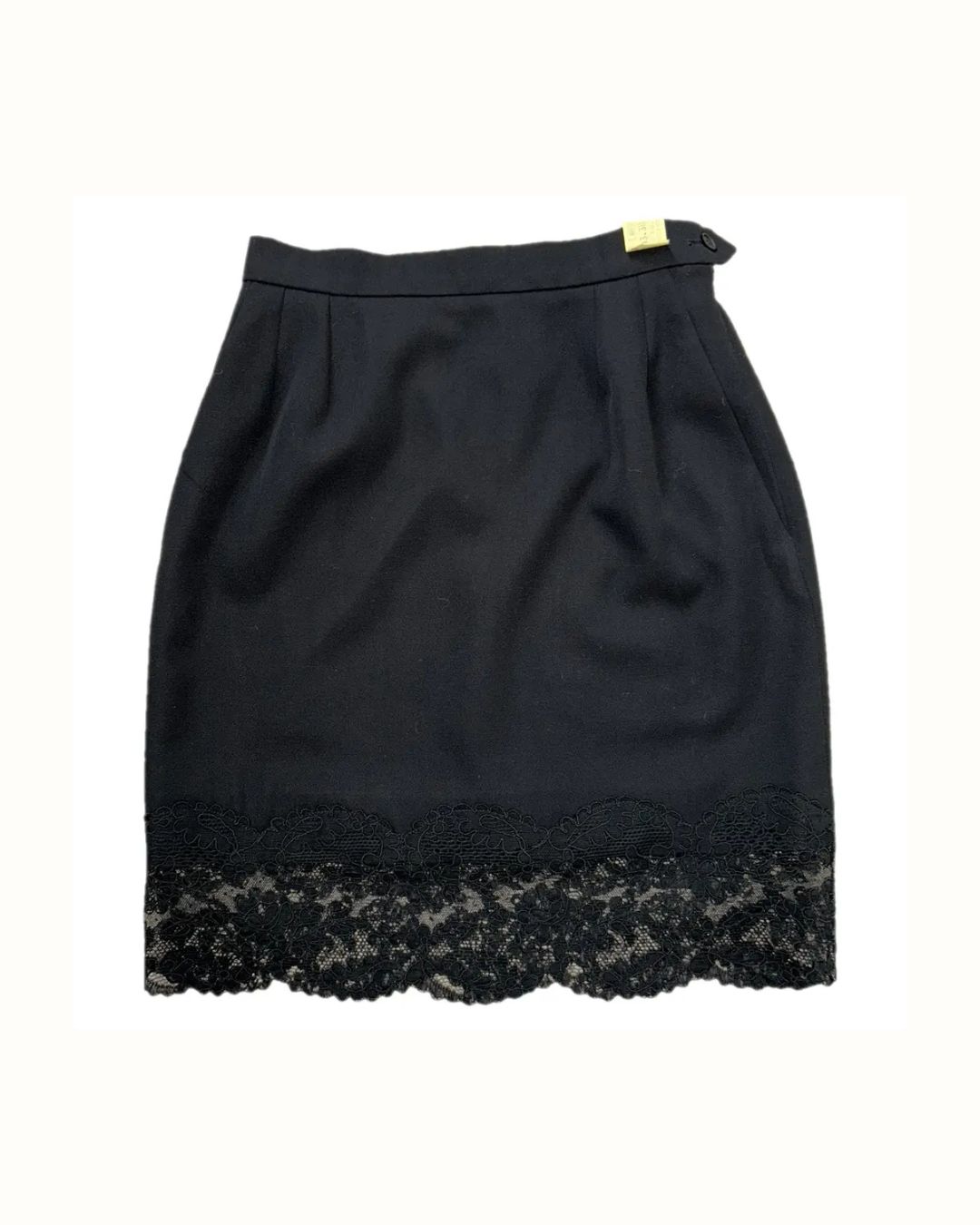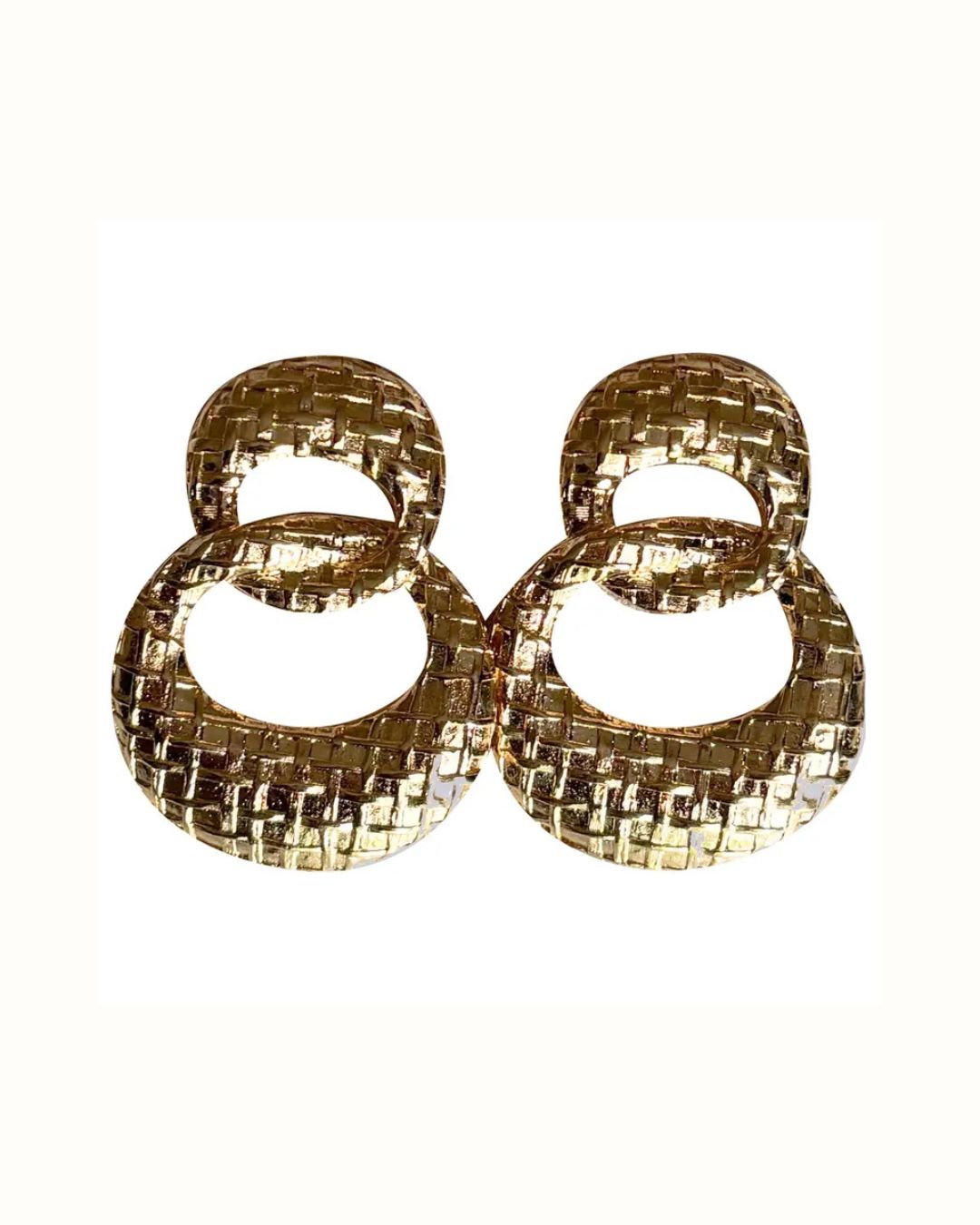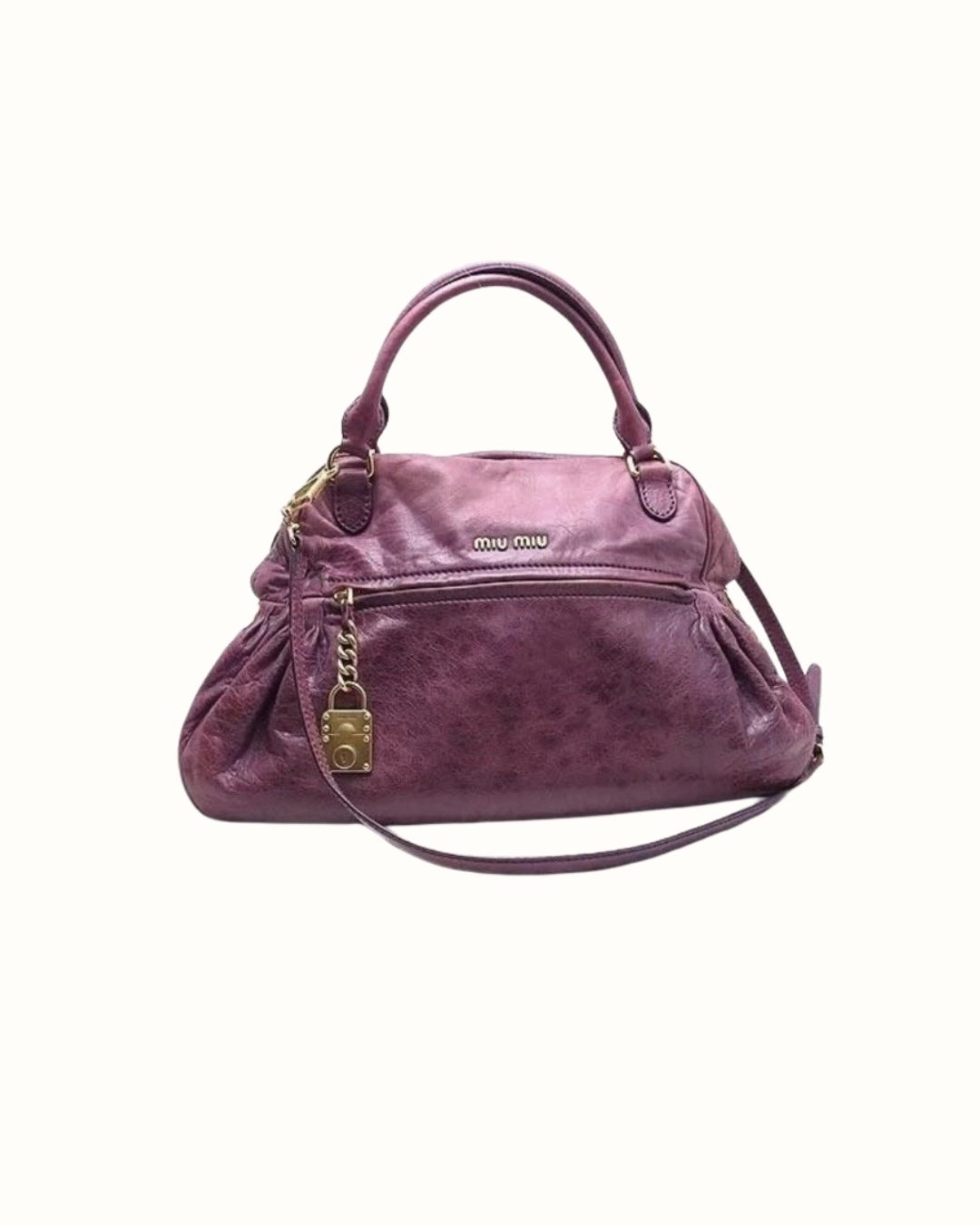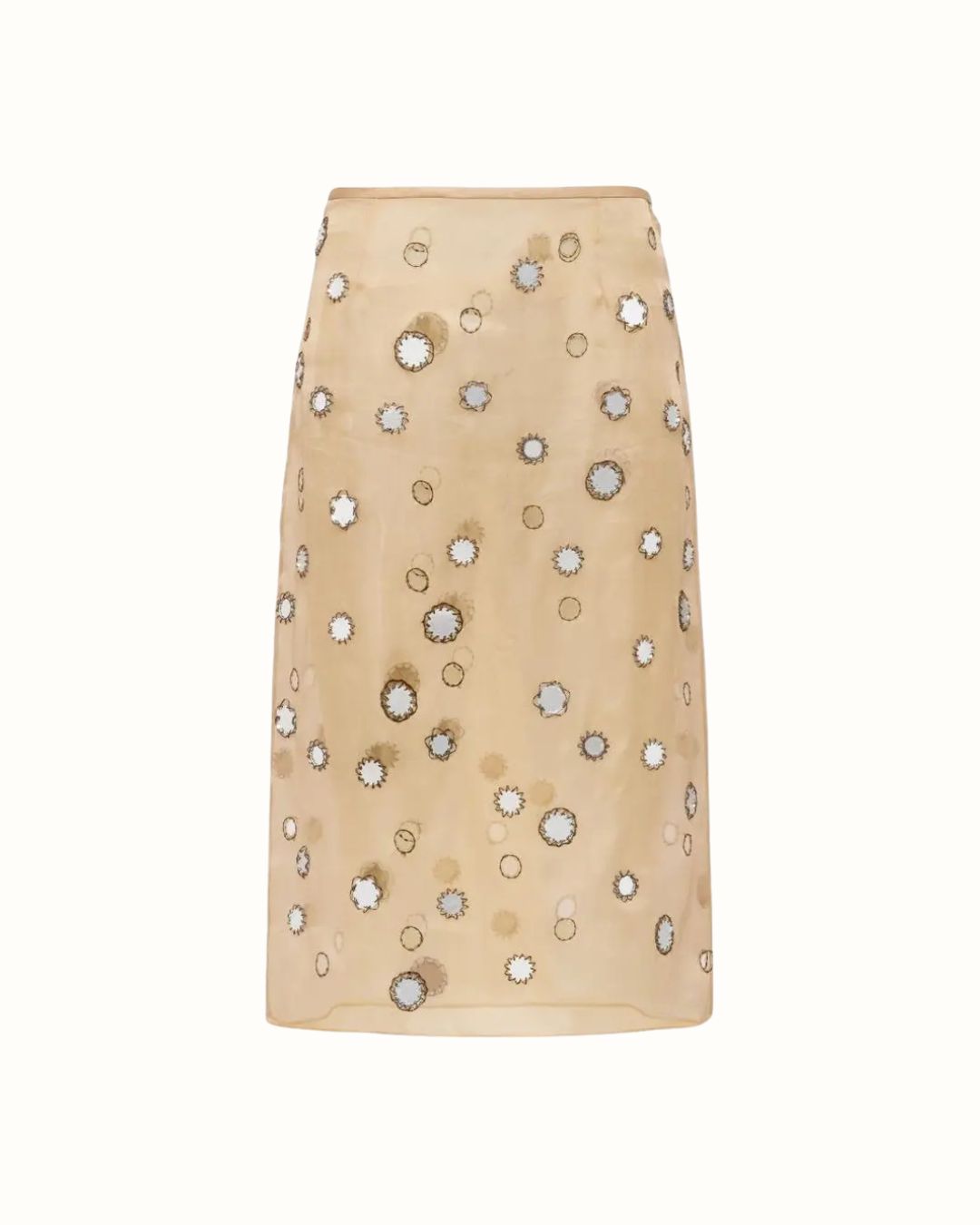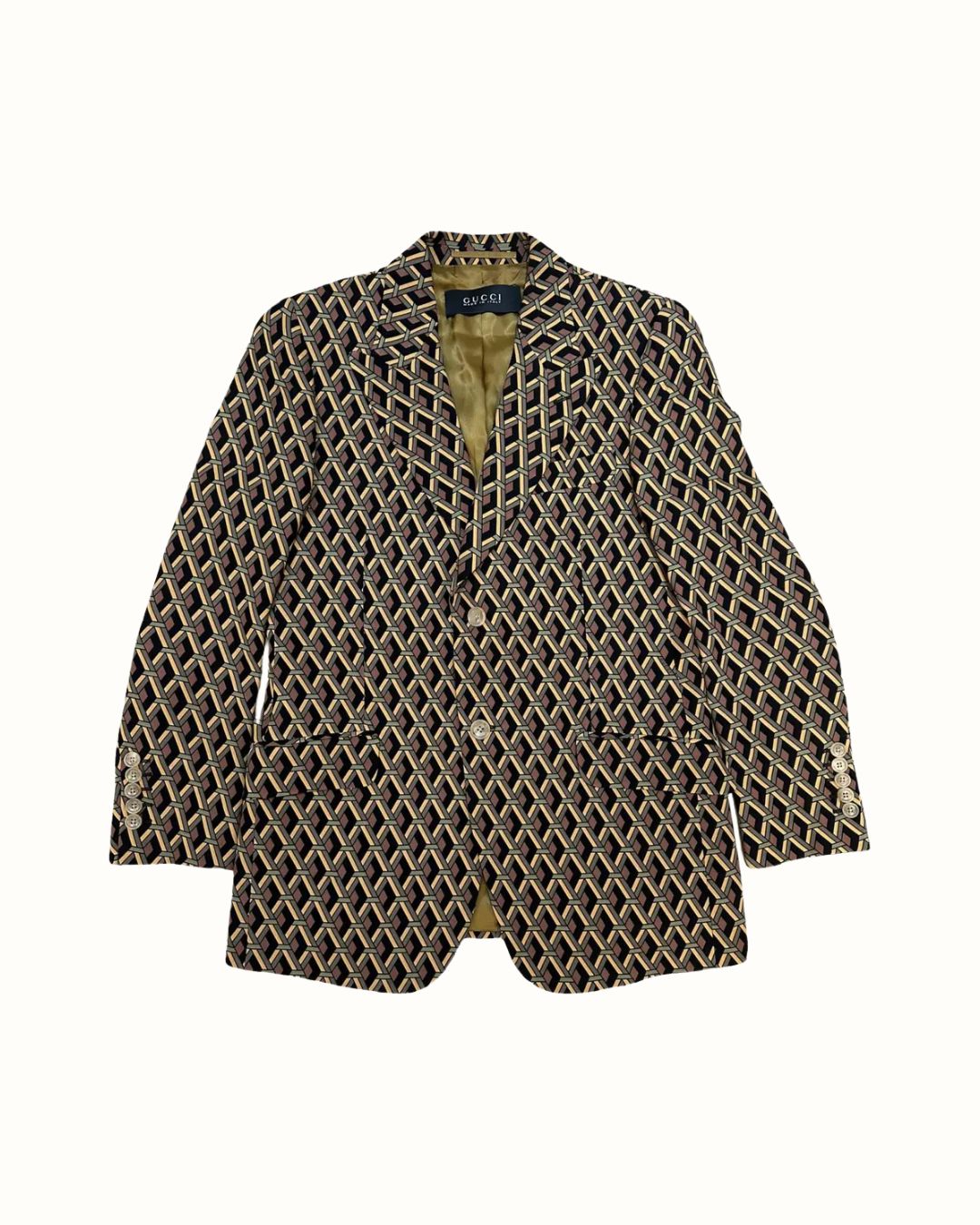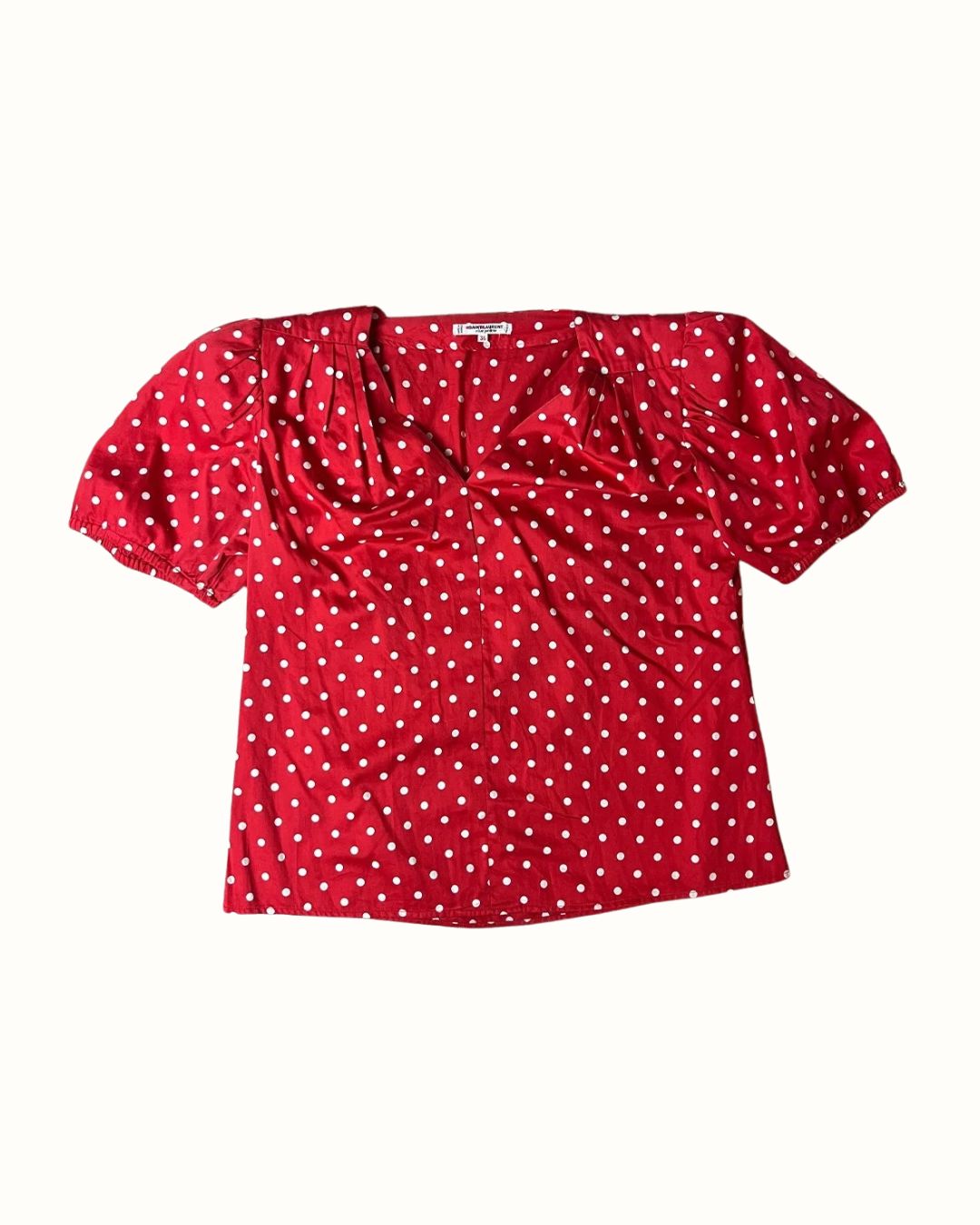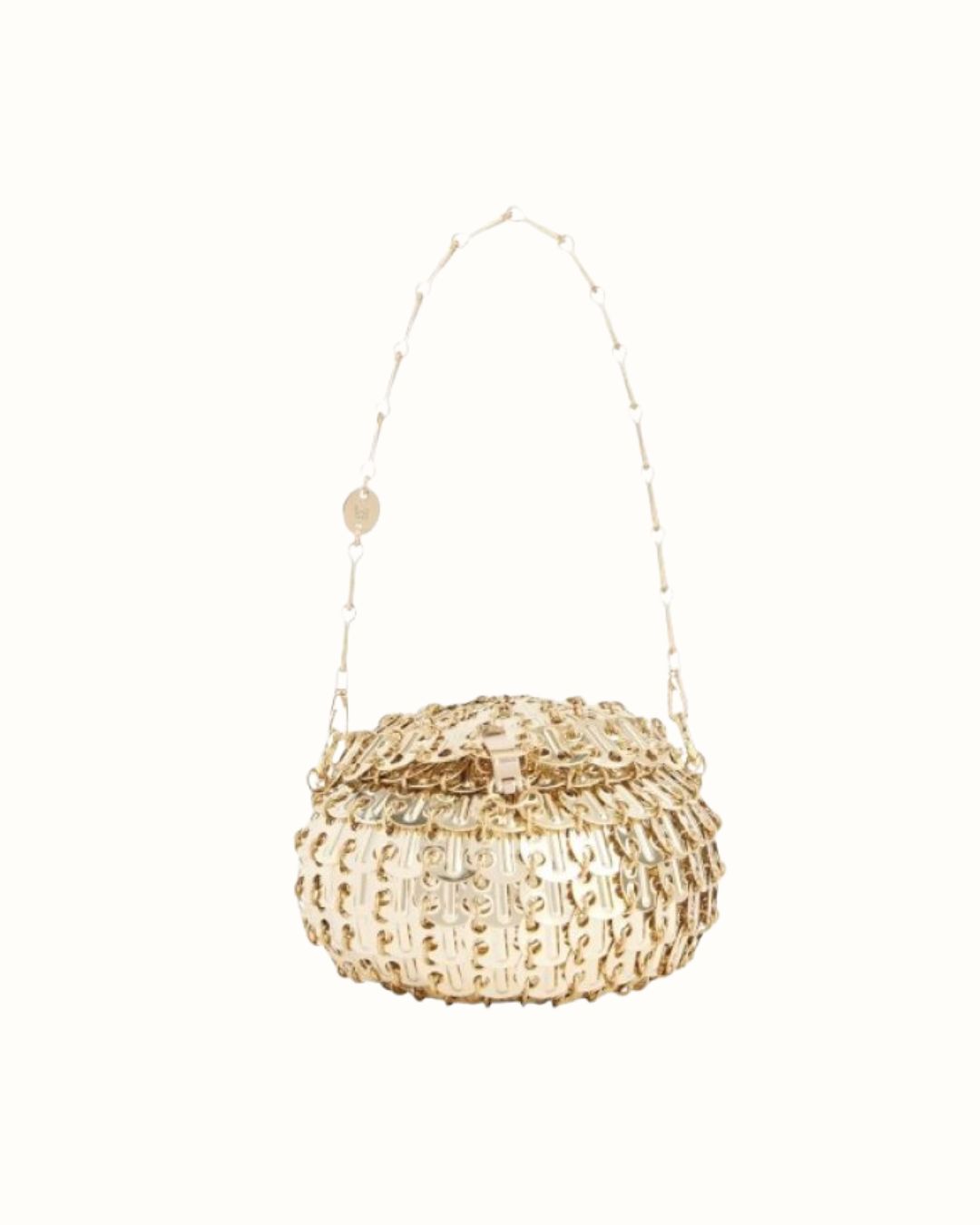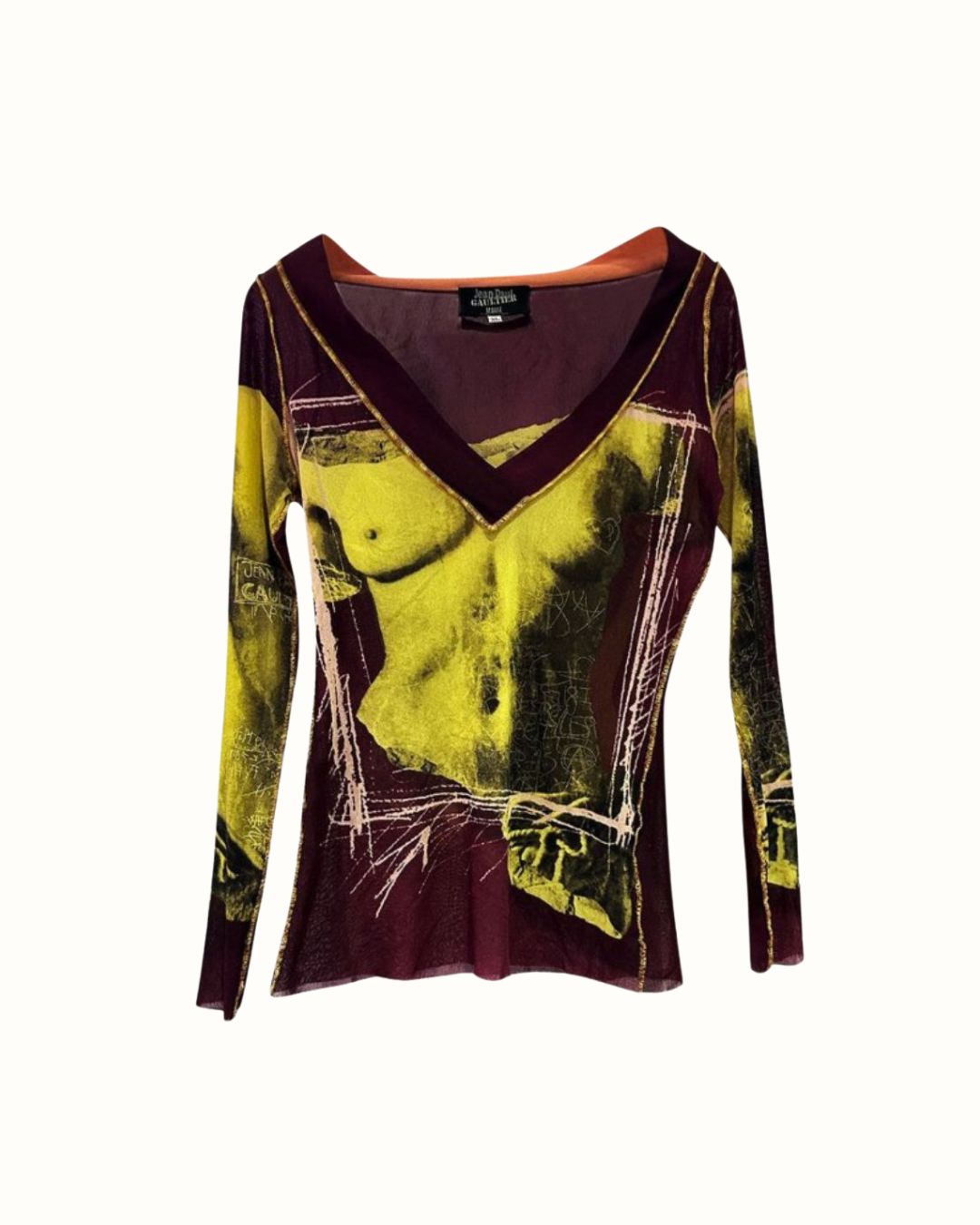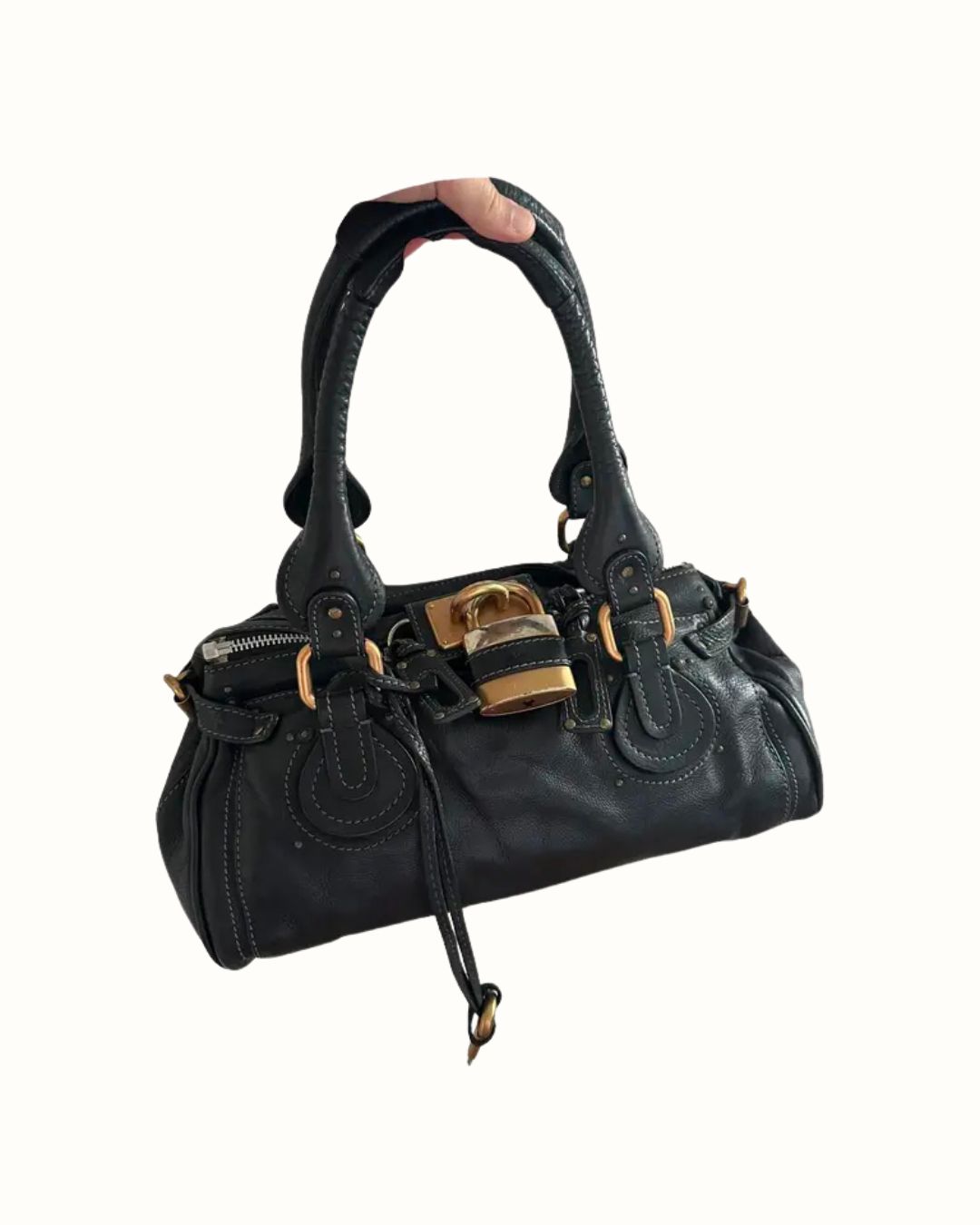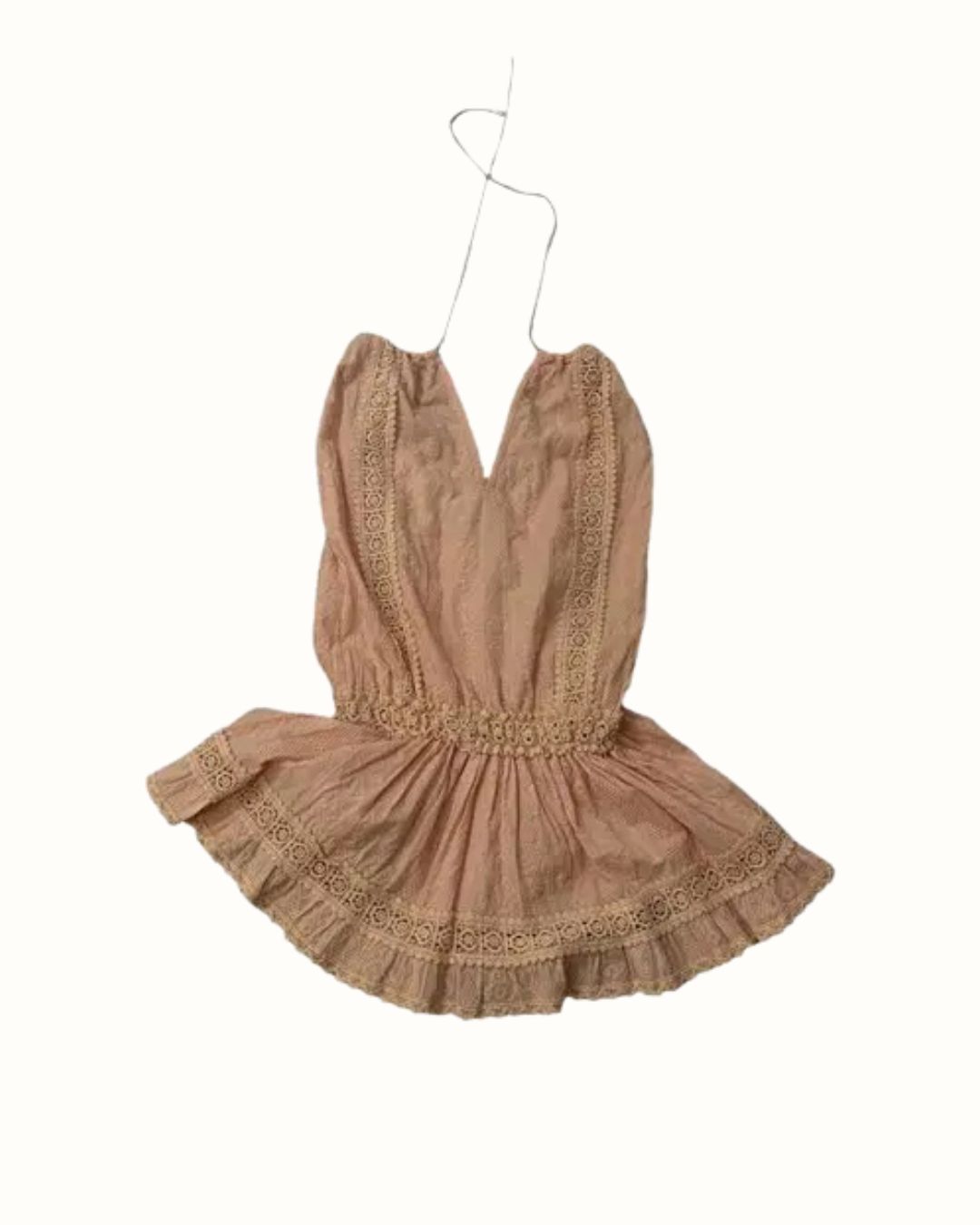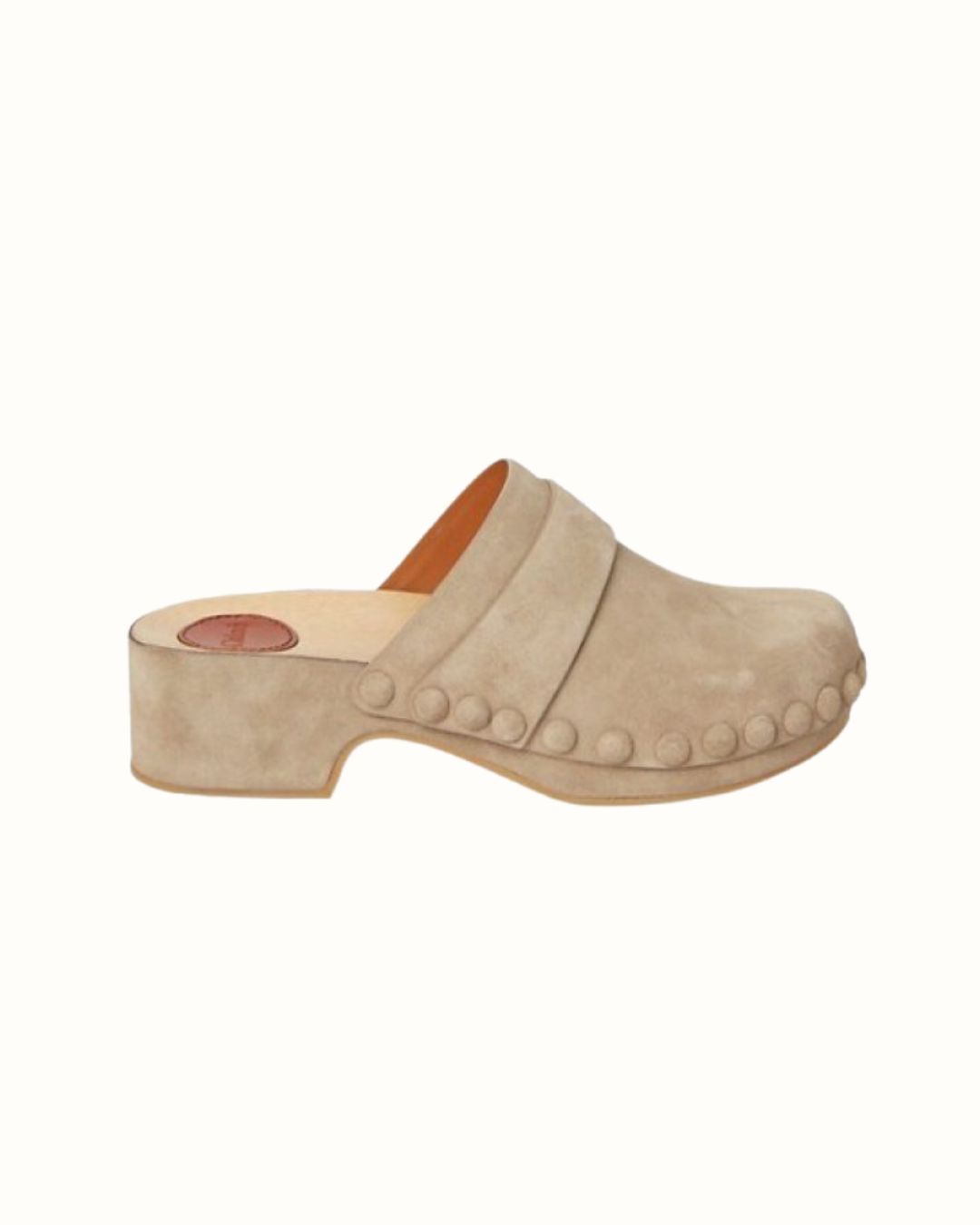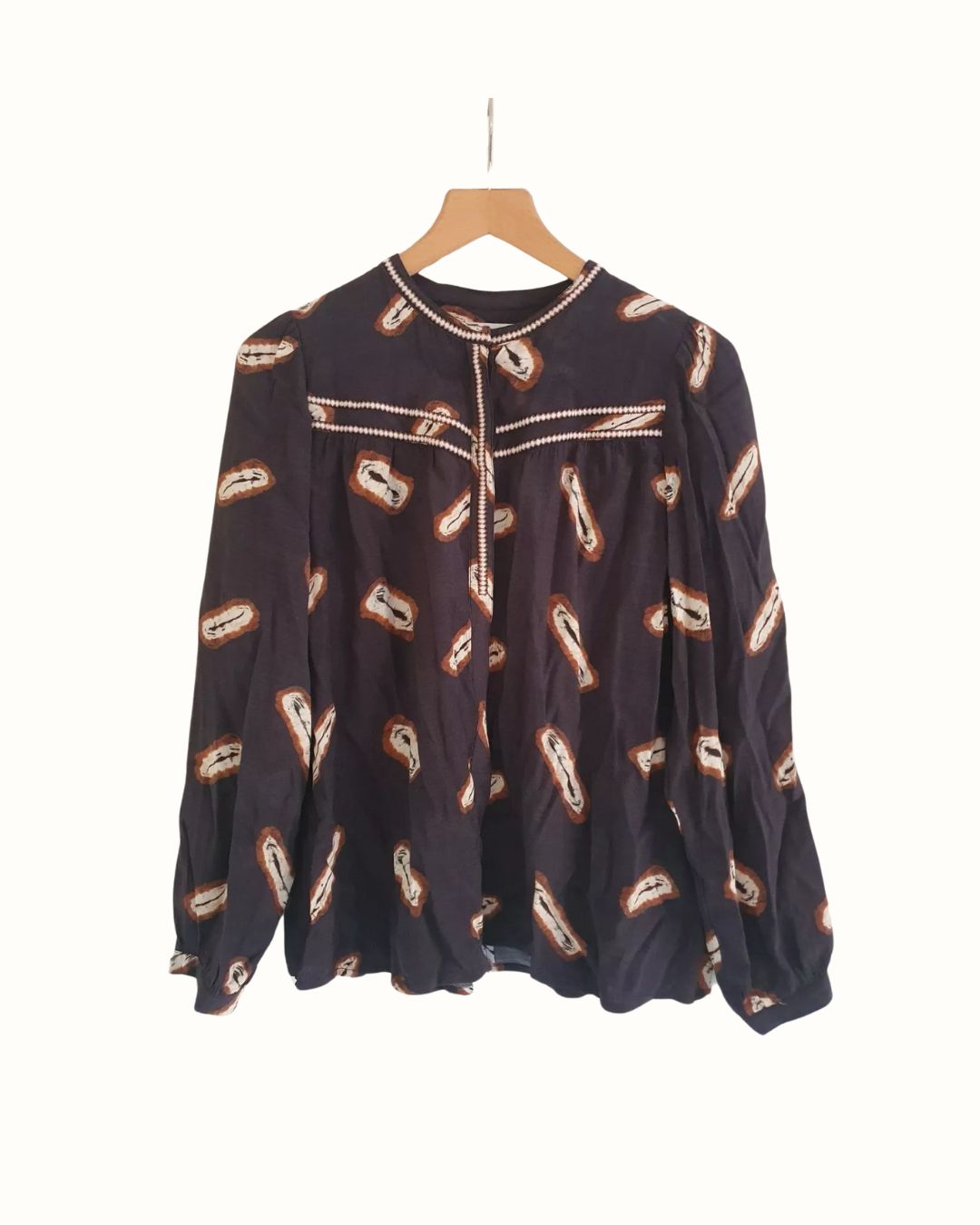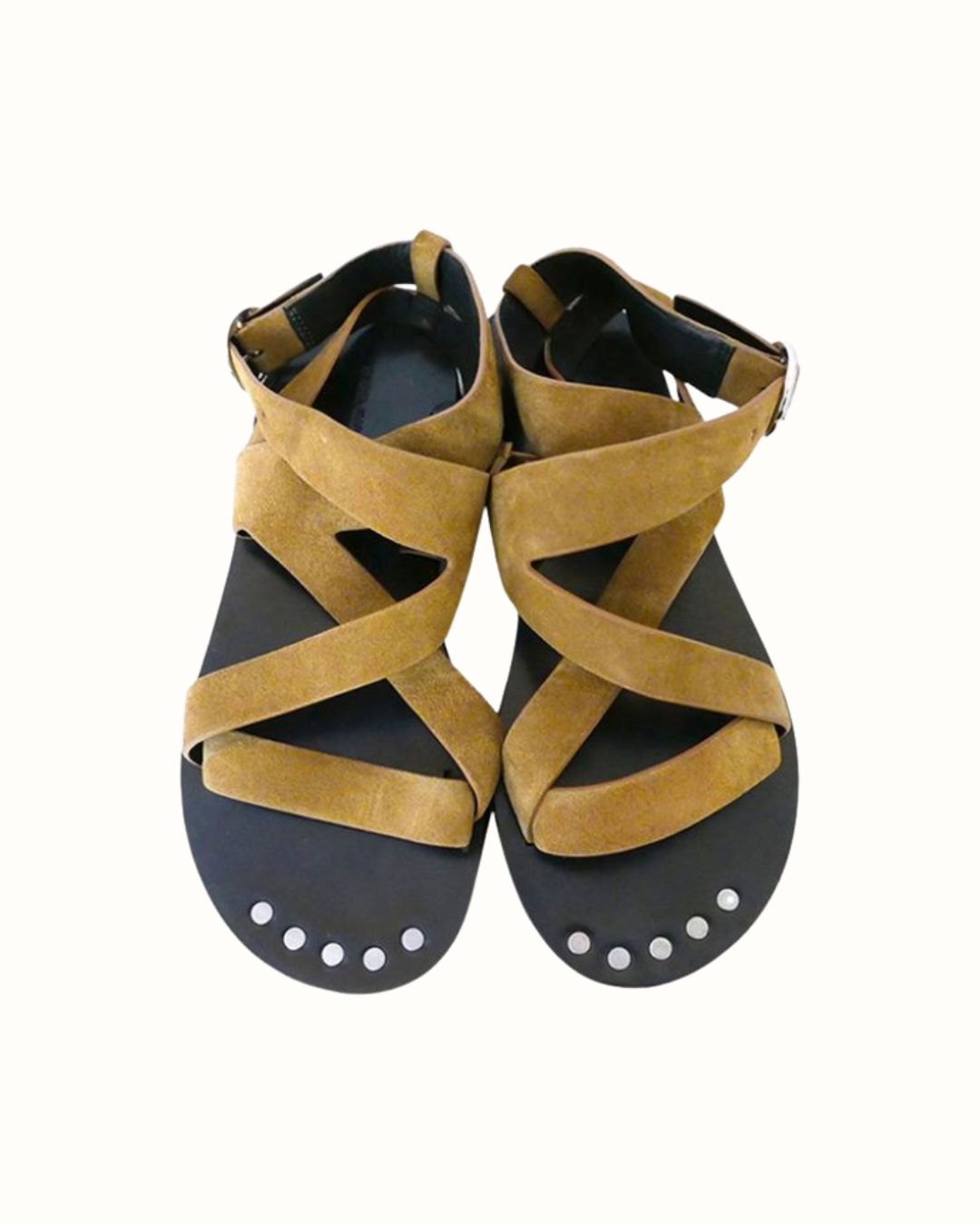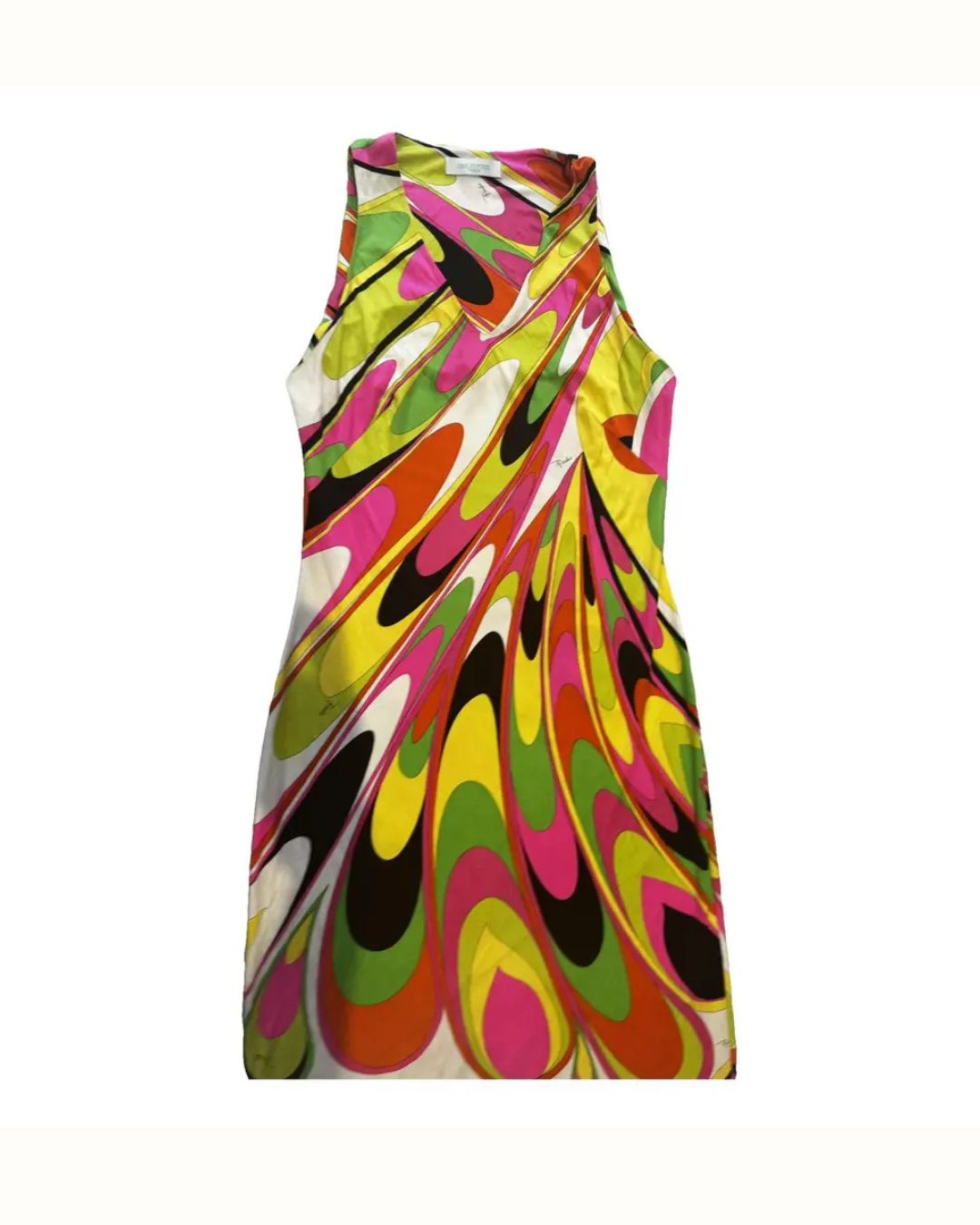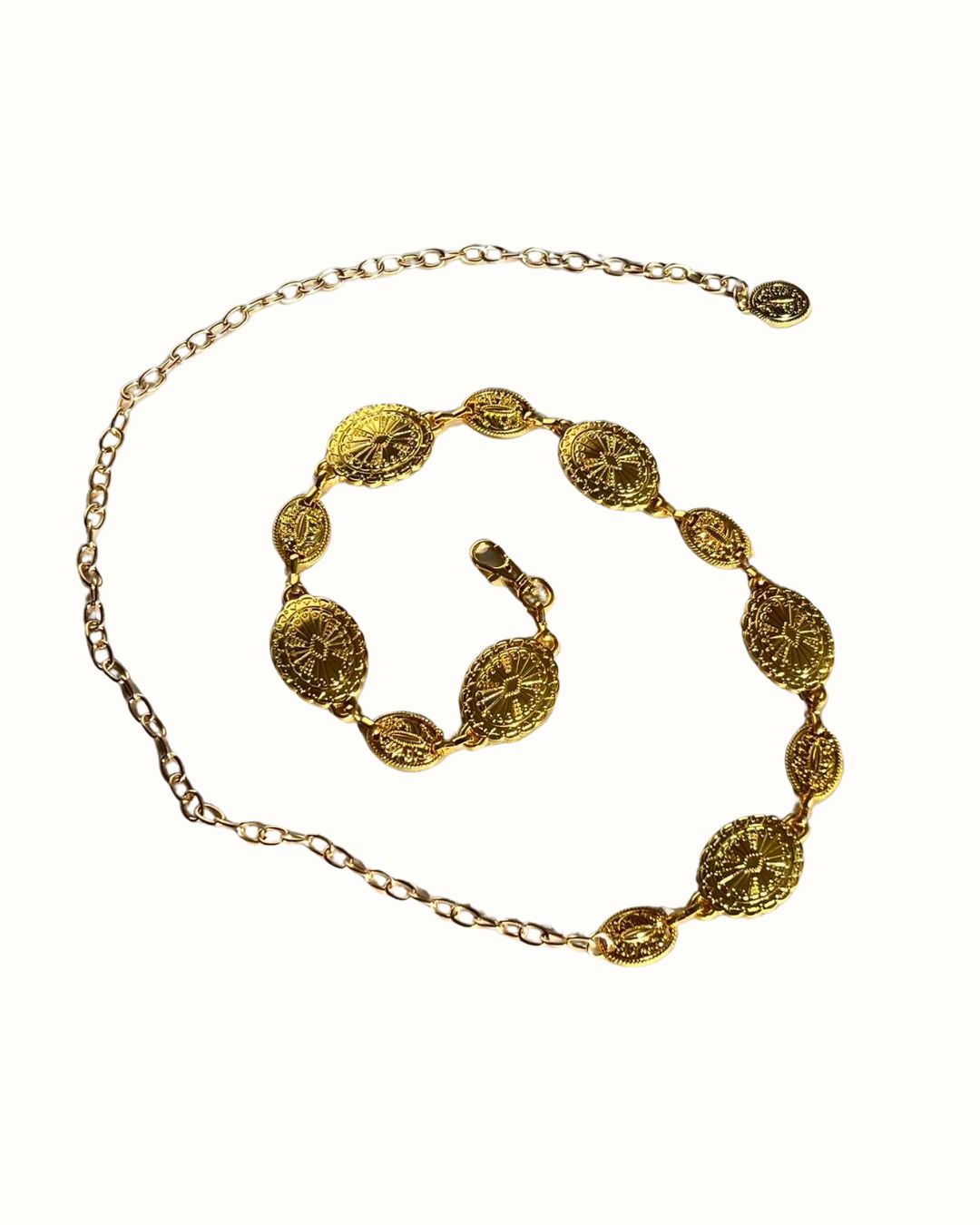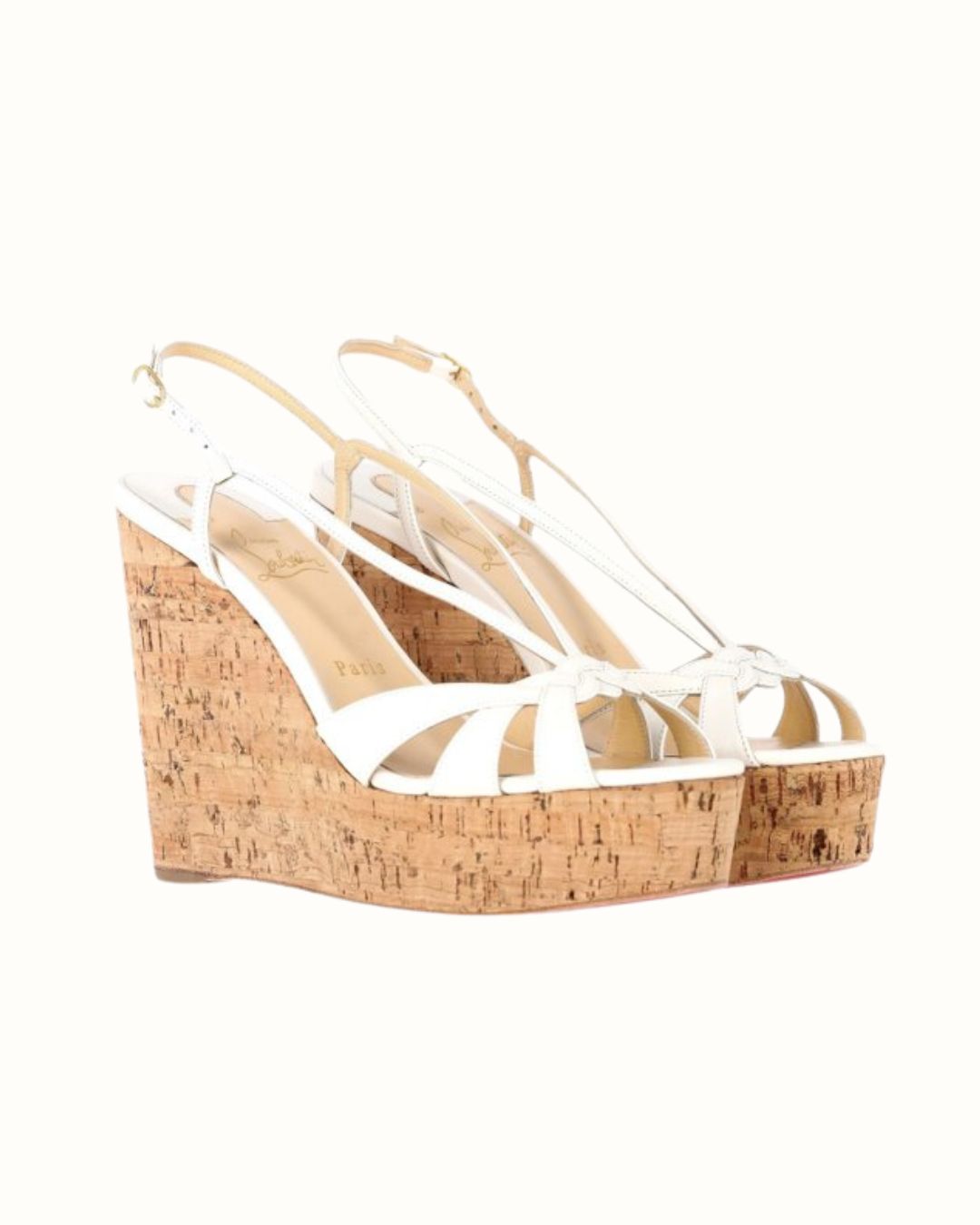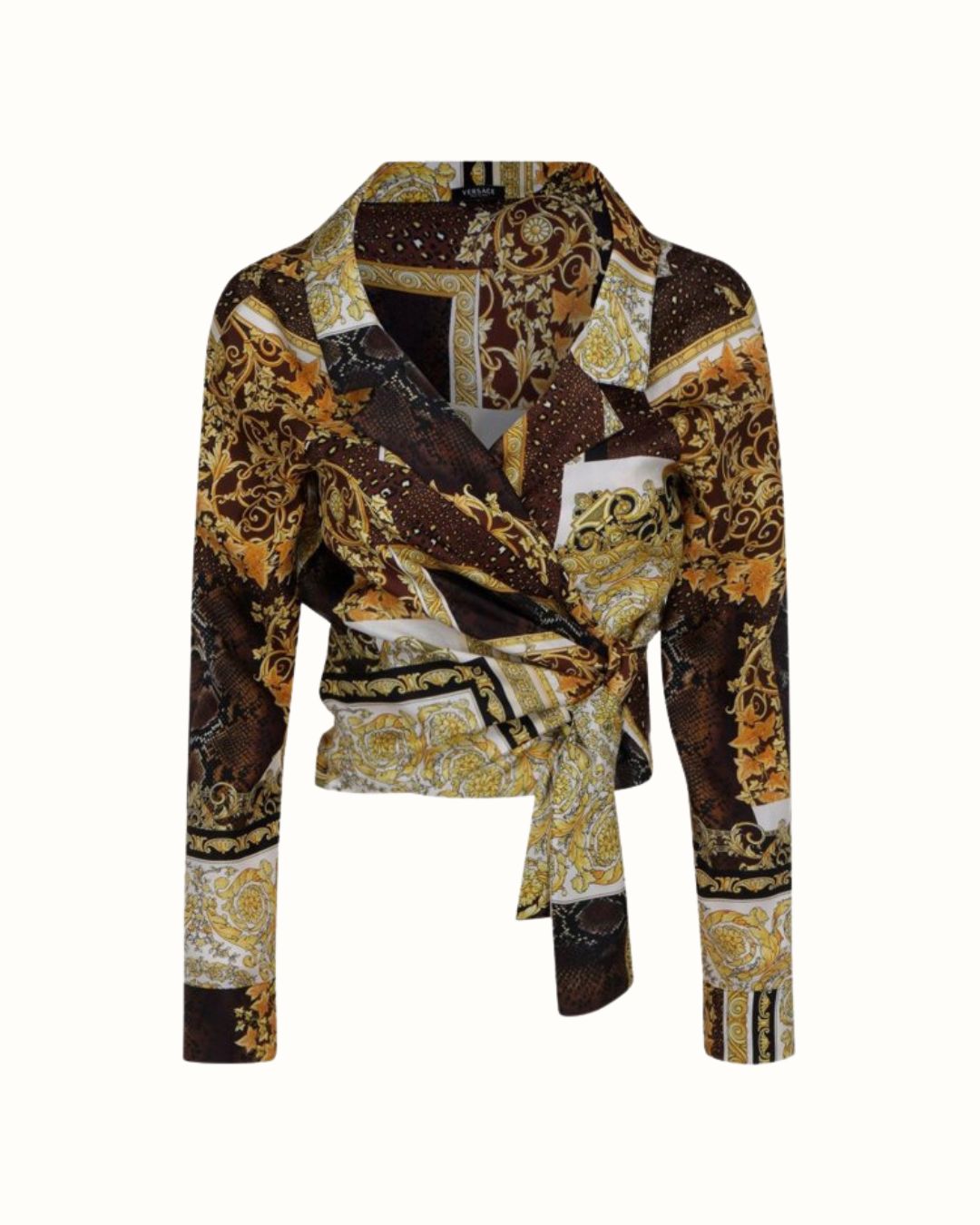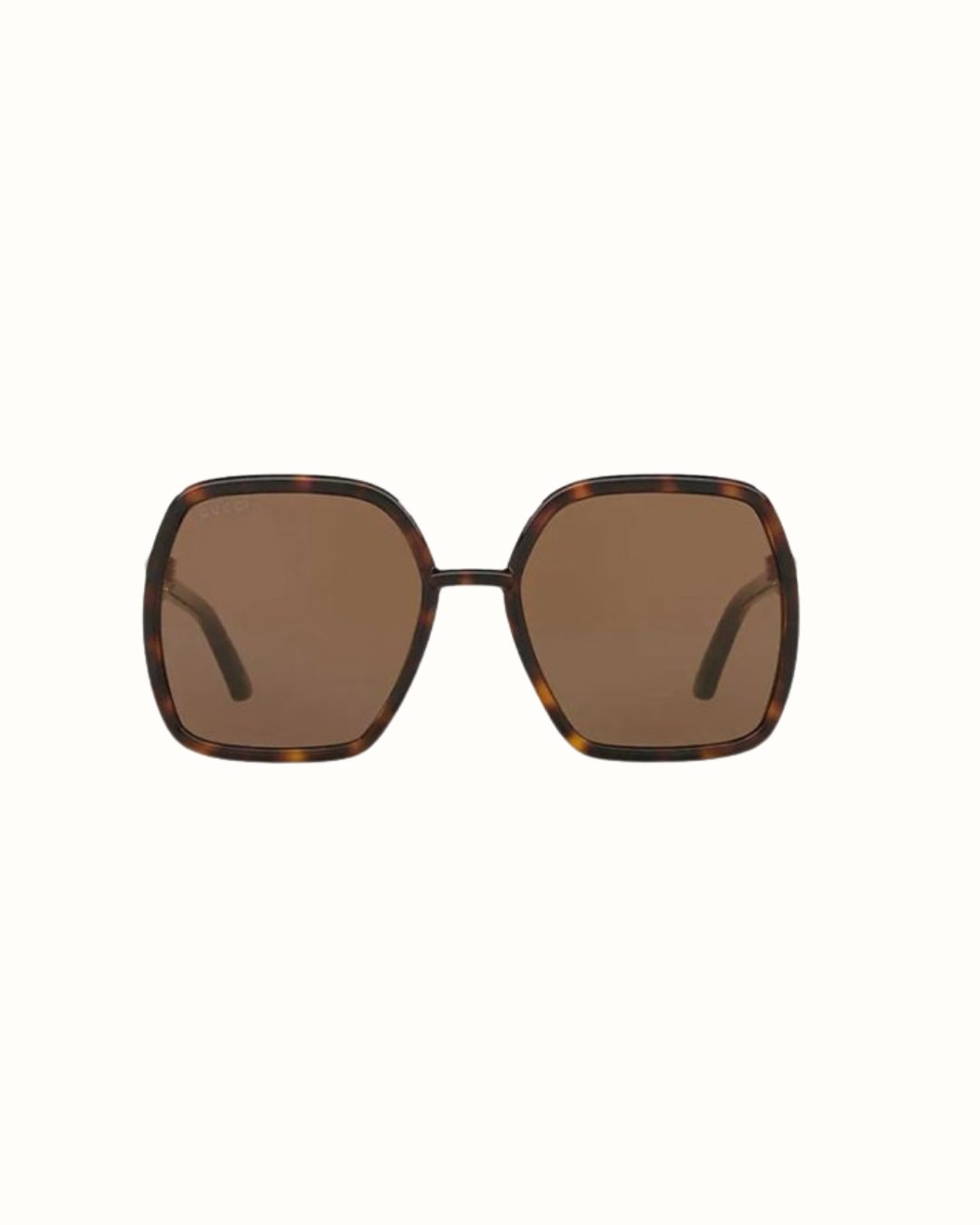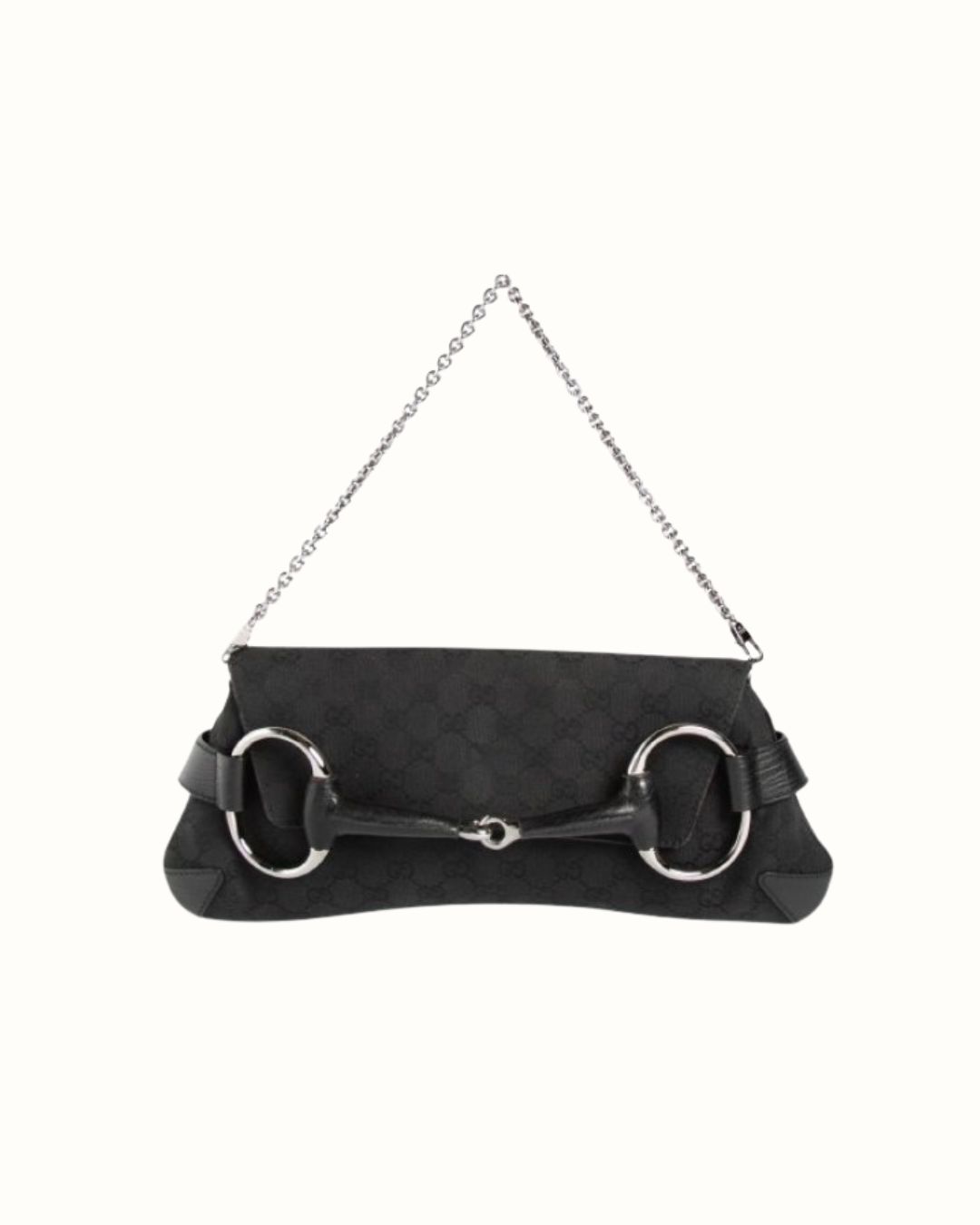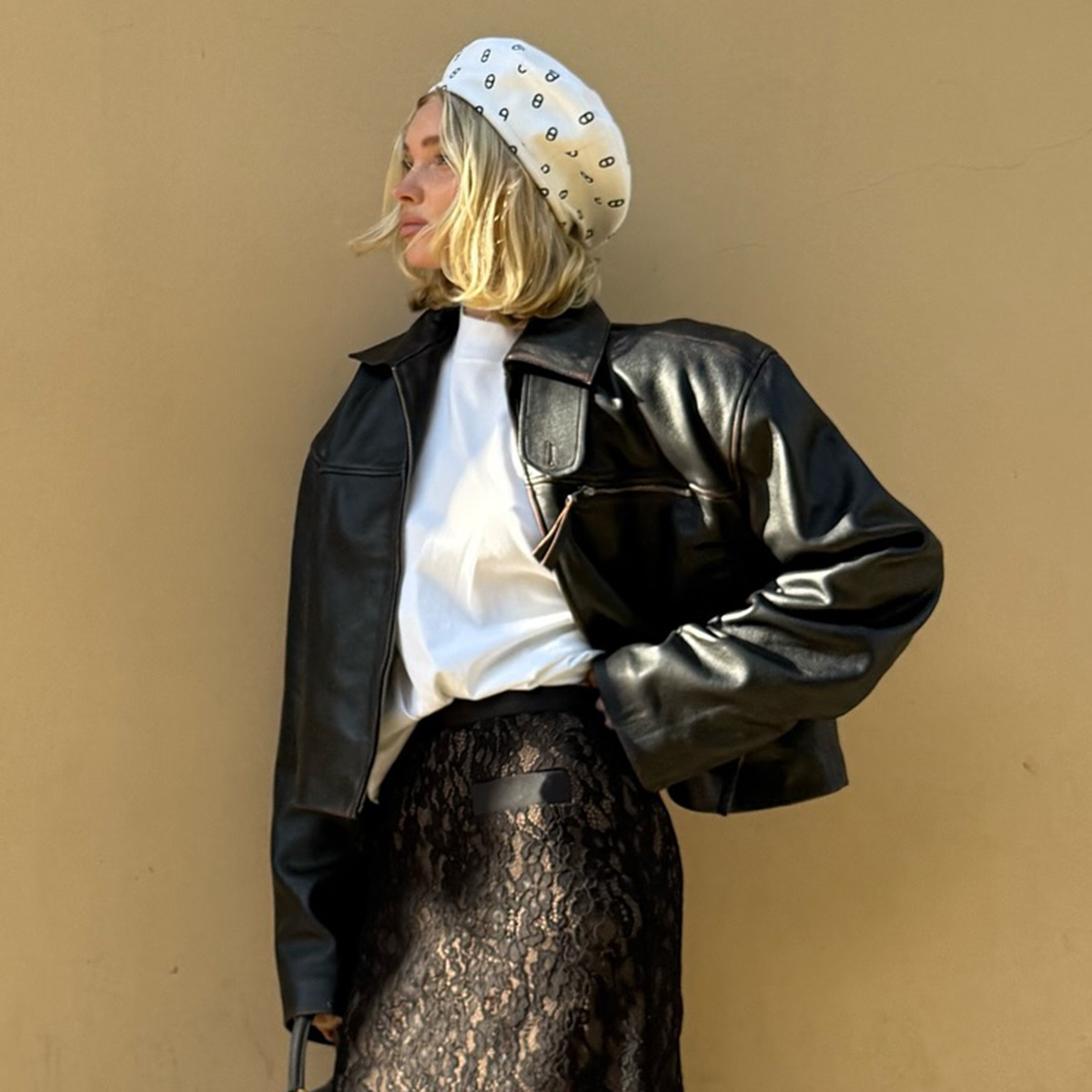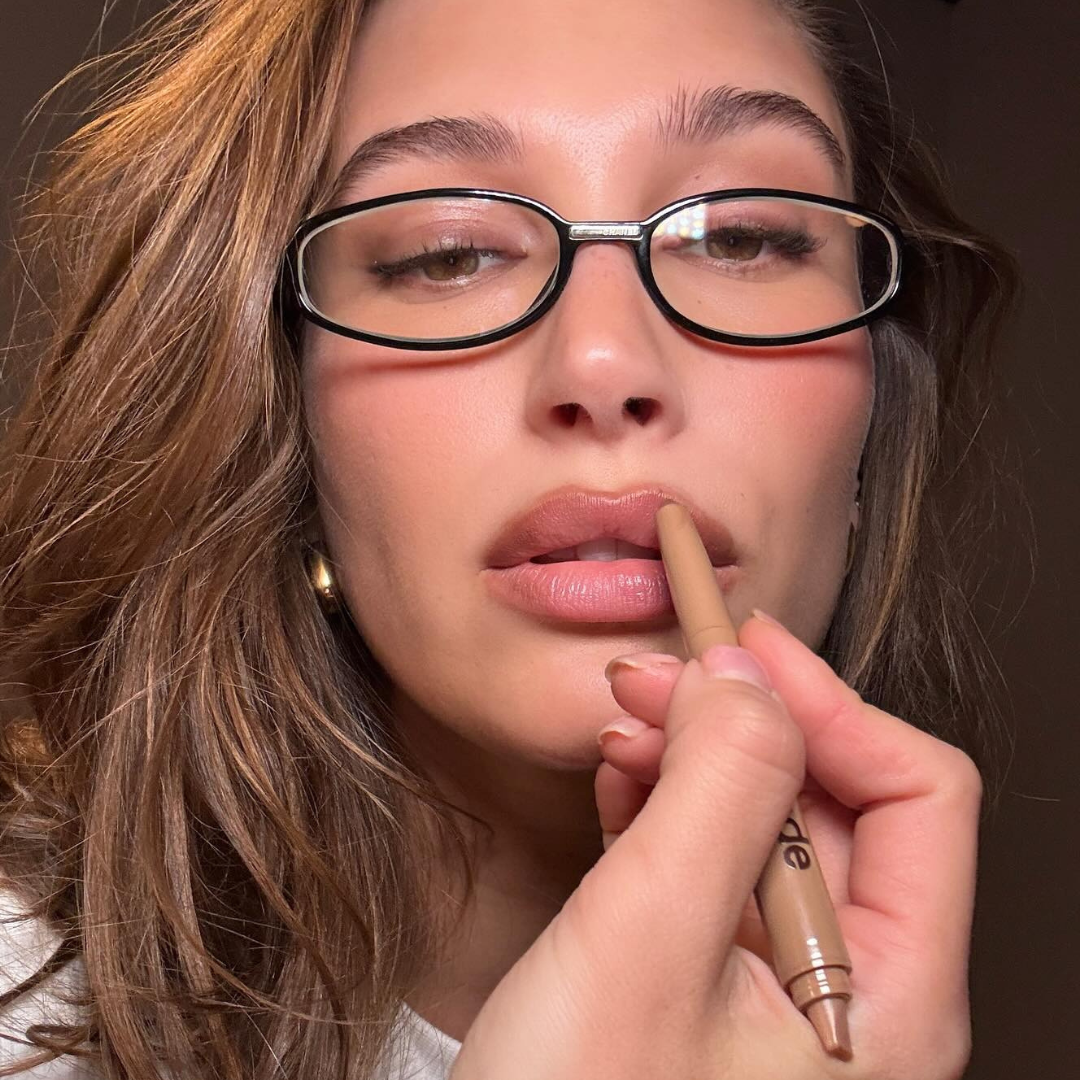Why (and How and Where) Absolutely Everyone Is Shopping Secondhand Right Now
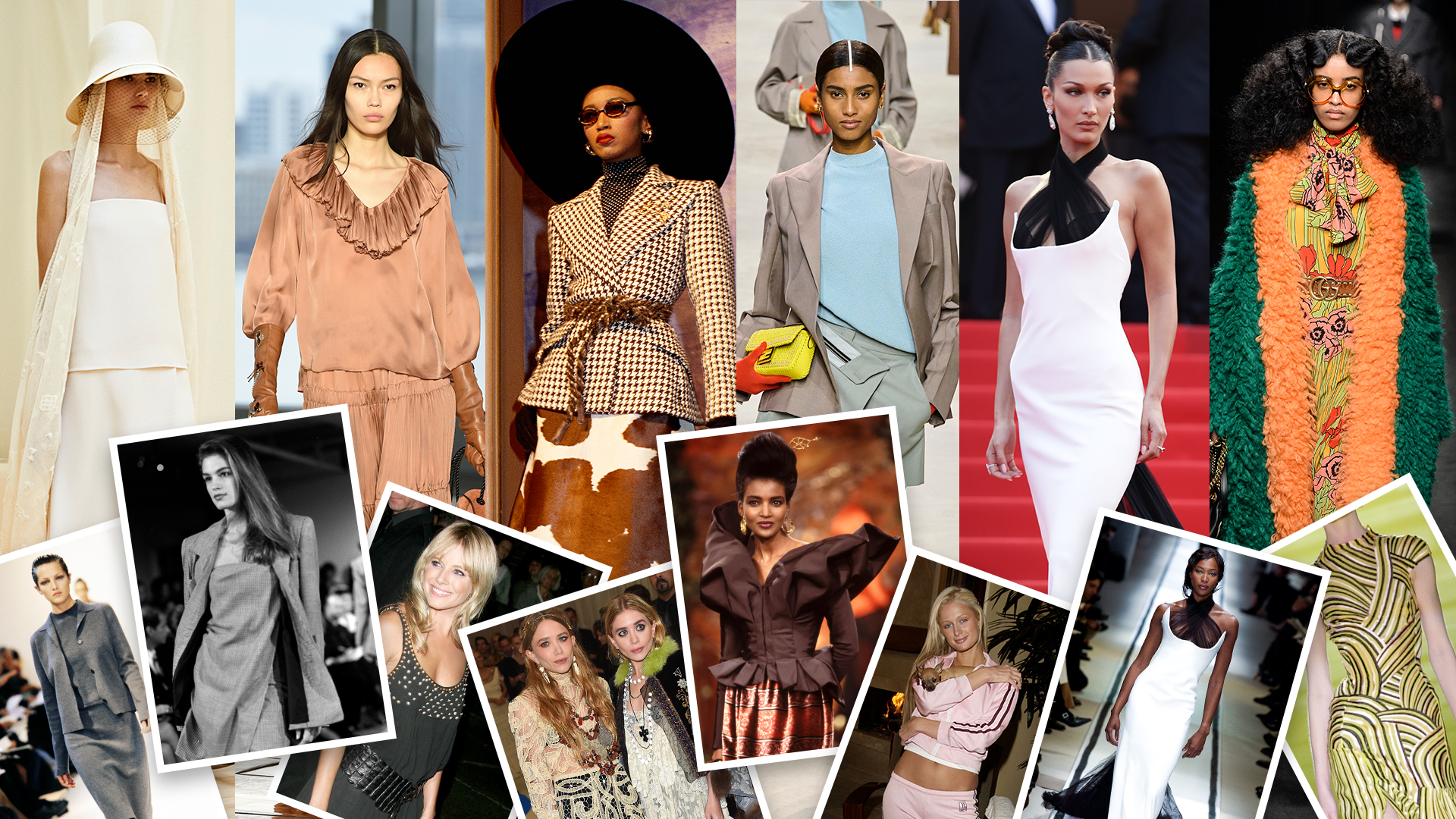

It’s 6.25 a.m., and my alarm is blaring. I silence my phone, intent on keeping a few more minutes to myself.
But it’s not sleep I’m desperate to return to. It’s scrolling through the promising pages of vintage Bally on eBay that have occupied my waking moments. I just need five more minutes to bid, to browse, to dream. Like so many in the fashion industry, my love for secondhand shopping runs deep. There’s a thrill in tracking down a rare find, a rush in outbidding a competitor at the last second and a smug satisfaction in knowing you’ve secured a designer gem for a fraction of its original price. It’s exhilarating—sometimes even addictive.
And with today’s shopping climate—the fast-fashion boom, luxury price hikes, declining quality, a collective nostalgia and a push towards individualism—secondhand shopping serves our evolving needs better than ever before. Fashion psychologist Carolyn Mair explains the growing popularity of secondhand shopping and its natural fit in our dopamine-driven world. "Secondhand shopping provides a dopamine-driven thrill. The excitement of discovering unique, high-value items at bargain prices triggers the brain’s reward system," she says.
Any seasoned thrifter knows the high that comes from spotting a designer bag tucked away in a charity shop or stumbling upon a mislabeled gem on eBay, void of other bidders. "The unpredictability of charity shops and resale platforms creates a sense of adventure, reinforcing the desire to return for more treasure hunts," Mair continues. "This psychological reward system makes secondhand shopping highly addictive and enjoyable."
For me, shopping pre-loved started with childhood charity-shop trips with my mother. Back then, it was a practical necessity—essentials only, a means to an end. But today, a successful thrift haul sparks conversations with colleagues and fellow vintage aficionados that can fuel us for days. What’s changed between now and then? Well, lots. The perception of secondhand has transformed: what was once a quiet, budget-conscious decision is now a status symbol that can tell others you possess a deeper appreciation of fashion’s history and hold environmental ethics above fleeting trends. Simultaneously, accessibility and variety have rocketed.
The secondhand fashion industry has undergone a glossy rebrand over the past two decades. "Whereas it used to be mainly through charity shops and flea markets, we’re now seeing curated online marketplaces like The RealReal, Vestiaire Collective and Depop, as well as more affordable options like Vinted and eBay," says Mair. "The digitalisation of resale has made it more accessible, transparent and socially acceptable." These platforms, designed like social media apps, fit seamlessly into our daily scrolls—just a few more icons on an already overused home screen.
Whilst secondhand shopping options have never been so prolific, it’s hardly a new phenomenon. However, set against the backdrop of an ever-churning algorithm, consumers are partaking in secondhand shopping with renewed fervour to push back against the micro-trend cycle that would otherwise dictate a fashion season. In an era where personal style is starting to trump fleeting trends (all signs are pointing to the end of quiet luxury), vintage has become the anti-fast fashion movement—the true marker of individualism.
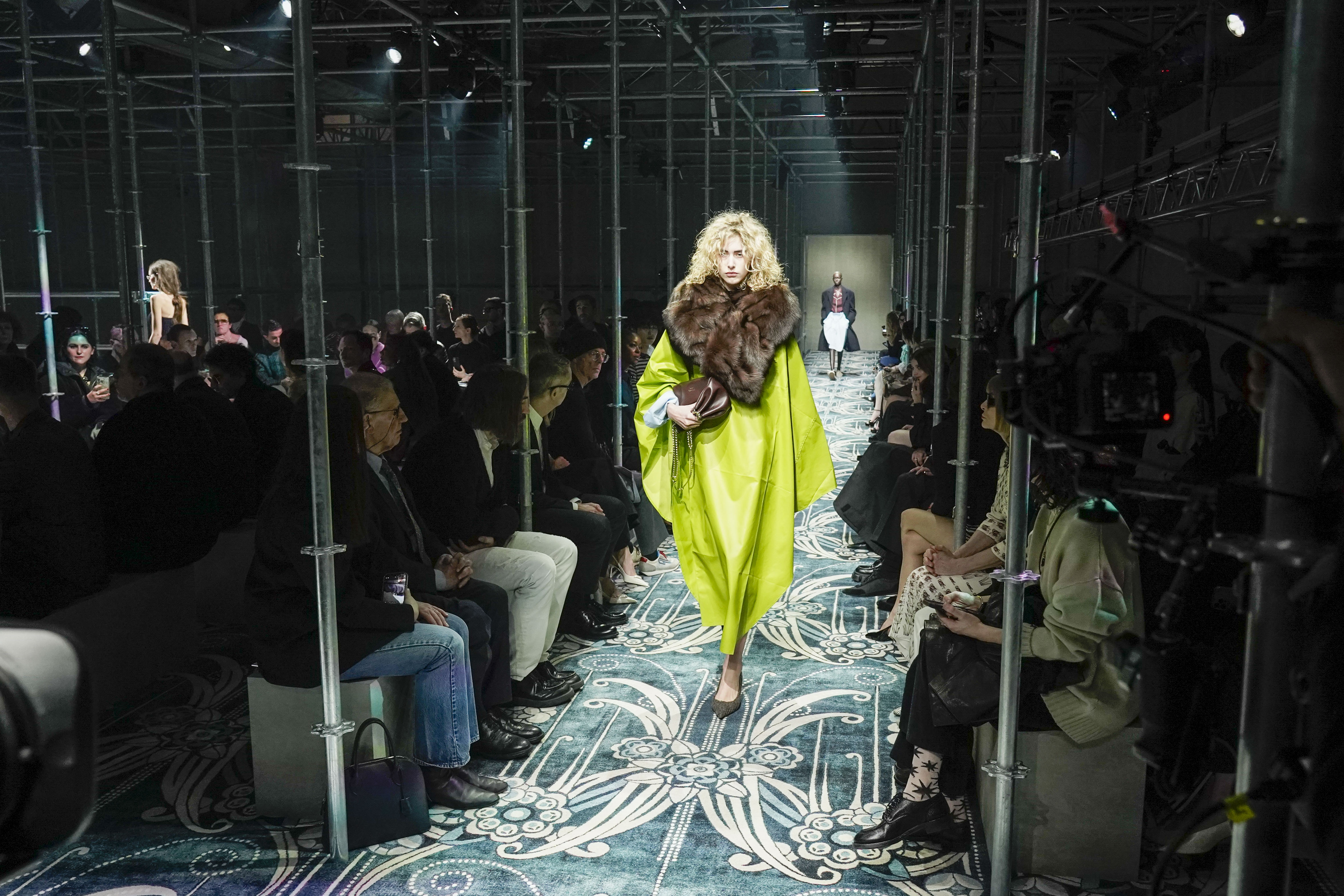
Model walks the Prada autumn/winter 2025 runway.
In 2025, breaking the algorithm has become a movement in itself. Echoed throughout the larger fashion zeitgeist, Miuccia Prada and Raf Simons have challenged traditional trend cycles with their dishevelled, nonchalant take on femininity, using a wide body of references that subvert the samey styles that some of their competitors are producing. Erica Wright, founder of Sourcewhere, expands on this, stating, "2025 is set to be the year of personal curation—less about following trends, more about finding pieces that feel like long-term investments. Whether it’s a pair of sold-out shoes from The Row, a vintage coat from Alaïa or an old Celine bag that’s been out of production for years, customers are thinking beyond the season and focusing on what will hold true value in their wardrobe."
Celebrities, too, are embracing vintage like never before. "In a world of mass production, wearing rare, one-of-a-kind archival pieces allows celebrities to differentiate themselves, reinforcing their individuality and status whilst promoting sustainability," says Mair. "Because archival pieces are exclusive, they enhance perceived value, making them seem more desirable."
Miley Cyrus's 2024 Grammy's performance look—a 2002 Bob Mackie dress—dominated fashion headlines for days, whilst Kylie Jenner’s archival Alaïa autumn/winter 1991 piece at Paris Couture Week sent social media into a frenzy—citing runway images of Naomi Campbell wearing it the first time around alongside Jenner in the dress. Mair continues, "Celebrities wearing archival fashion position themselves as tastemakers who appreciate fashion’s heritage rather than blindly following trends. This resonates with fans and consumers, driving renewed demand for past collections and reinforcing the idea that great fashion transcends time."
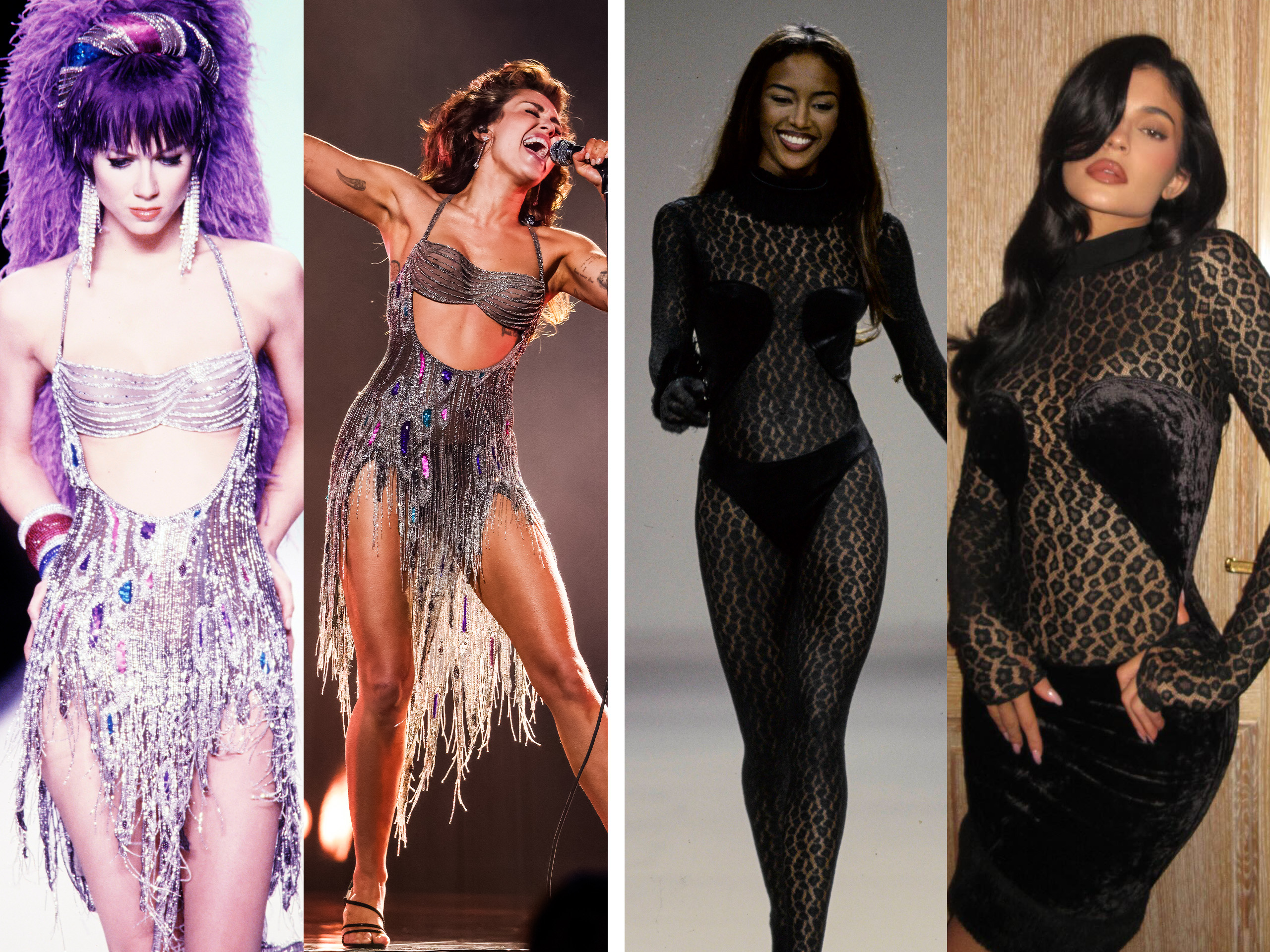
And, of course, brands are capitalising on our nostalgic yearnings. Enter the surge of designer bag reissues—Louis Vuitton’s 2000s Murakami collection, Dior’s re-released Saddle Bag and Prada’s Re-Edition line are just a few examples. "Re-editions allow brands to capitalise on nostalgia, sustainability and exclusivity whilst reinforcing their heritage," Mair explains. "As fashion trends cycle back, luxury houses revive past designs to meet demand for vintage-inspired pieces. The growing appeal of archival fashion, fuelled by social media and celebrity endorsements, has made re-editions a smart way to tap into emotional connections and investment-driven purchasing behaviours."
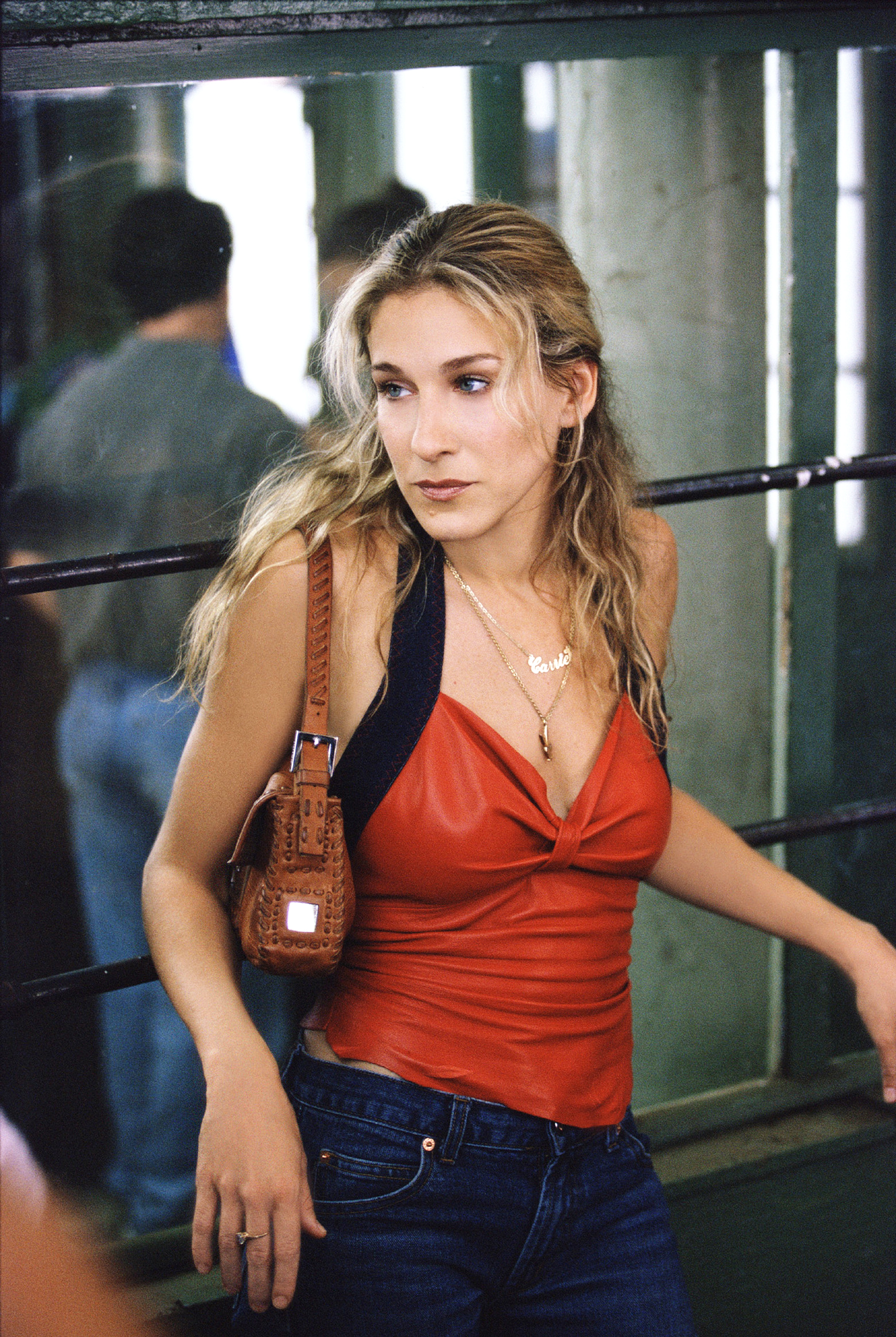
As nostalgic trends flood the runways, scrolling through Depop to find the real thing feels like the obvious move. For those with a penchant for '90s fashion, securing an original piece rather than a reproduction is the ultimate score. Rachel Reavley, strategic partner and advisor at secondhand shopping platform Hardly Ever Worn It notes, "As retail prices for luxury goods continue to rise, many shoppers [are turning] to resale for access to coveted items at (potentially) lower prices. Brands like Khaite and Hermès, which produce in limited quantities, benefit from this scarcity-driven demand."
Our attitude towards secondhand has evolved, and so have our shopping preferences. Wright explains: "In the early 2000s, It bags like the Fendi Baguette, Balenciaga City and Dior Saddle were tied to celebrity culture and seasonal hype. Today, the emphasis is on understated luxury and timeless design. Consumers are prioritising lasting value and personal significance over fleeting trends. Shoppers now seek items that are unique yet enduring—vintage Hermès bags in Barenia and Box leather, iconic '90s Prada coats and rare, well-crafted accessories that stand apart."
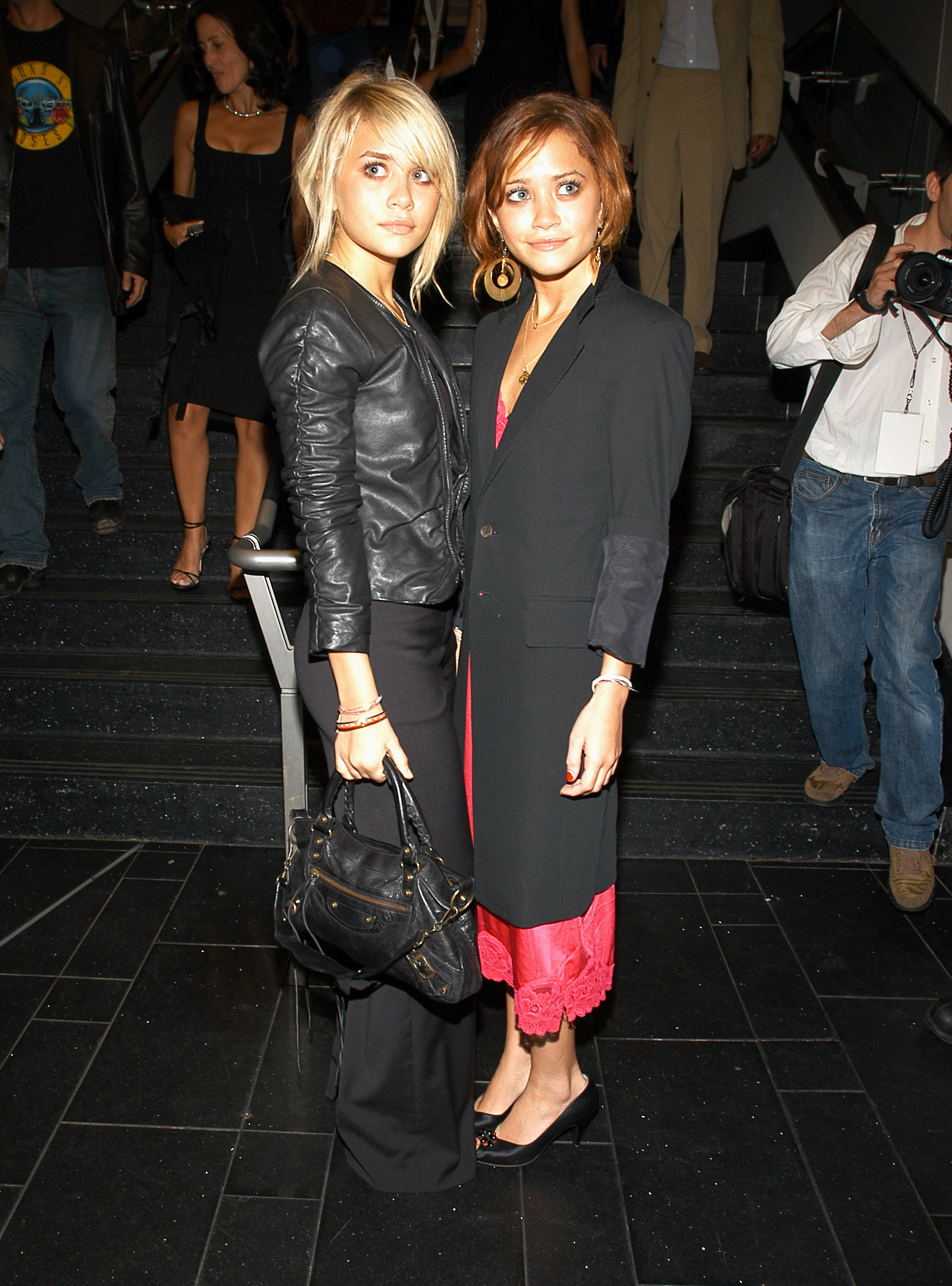
I asked the Who What Wear UK team what secondhand treasures they’re currently hunting for, and they gave me a wonderful range of answers. Social media assistant Annie Wheatland-Clinch is searching for Y2K military jackets and circa-2004 Balenciaga whilst also keeping an eye out for polka-dot prints to shop a 2025 trend for less. Client success manager Jerrylyn Saguiped tracked down a dress for her wedding reception next month via Vinted; senior branded content editor Rebecca Rhys-Evans (known in the office for her extensive collection of secondhand designer bags) has her eye out for another, and editor-in-chief Hannah Almassi is on an eternal quest for a pair of crystal-embellished Gina shoes.
With 274K followers, influencer Karen Blanchard has built a platform around sourcing and styling vintage, a testament to the shift in perception around the hobby. Favouring in-person shopping experiences over online options, she tells me that she finds her best buys in the men’s sections, naming a tailcoat, brown tweed blazer and moto jacket amongst her favourite purchases. Meanwhile, Depop seller Pascale Davies specialises in designer items "as the quality is often higher, and finding something that would have originally been sold for a fortune at a fraction of the price still gives [me] such a thrill." But reasons for choosing to shop secondhand vary across the board.
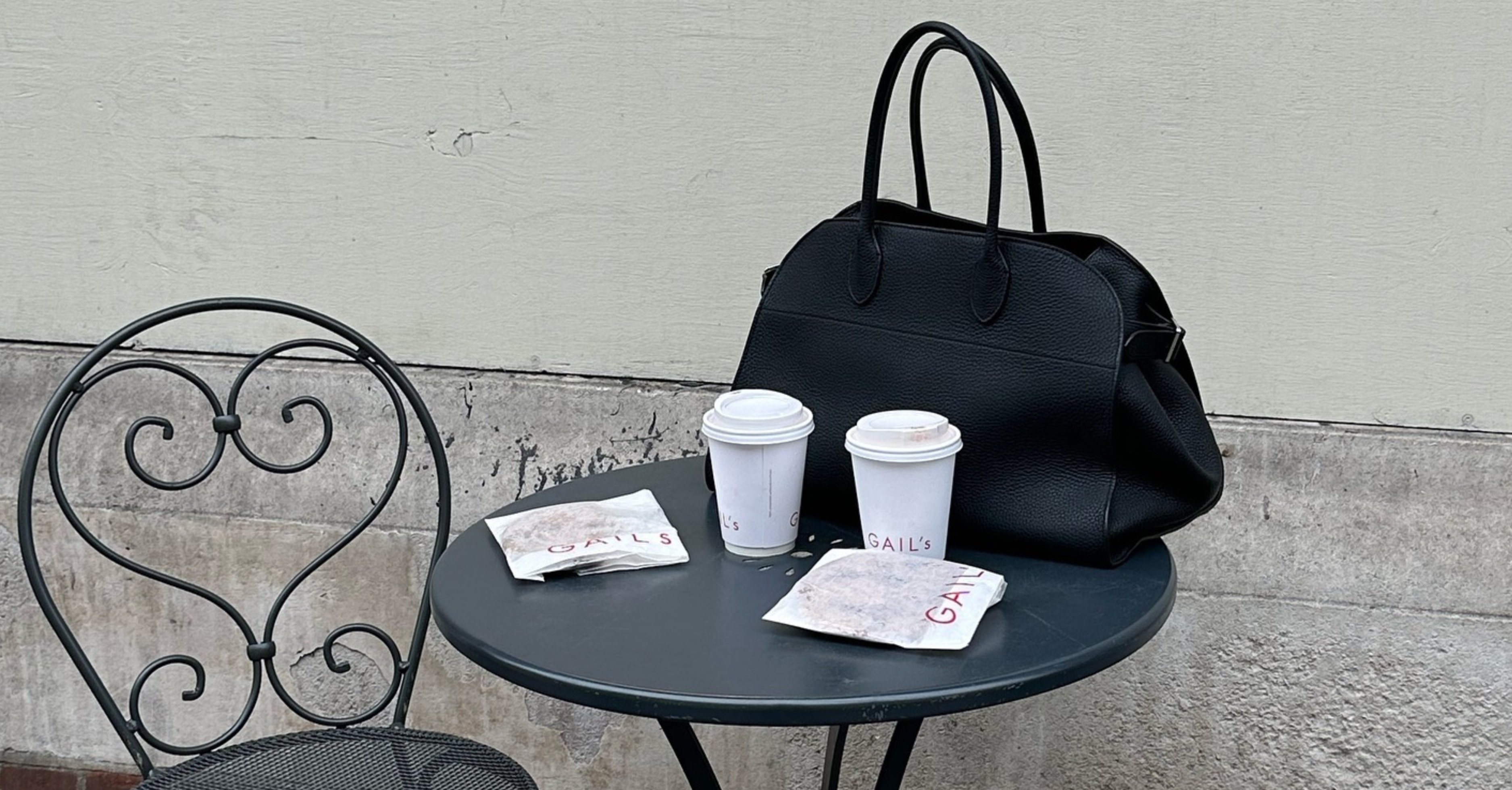
If you were to rifle through my wardrobe, you’d quickly find that most of my collection is pre-loved. In my early years working in fashion, I relied on vintage finds to build a wardrobe that felt aspirational. Today, I shop secondhand for a different reason: to eschew trends that don't resonate with my style and instead invest in pieces that hold their value—financially and stylistically. My current wish list? A Jil Sander pencil skirt and a pair of peep-toe Pradas.
Reavley tells me that a few key brands are dominating sales on Hardly Ever Worn It right now. For the moment at least, brands that epitomise the quiet-luxury aesthetic continue to experience firm interest, as sales of Hermès products are up 24% this year compared to last, whilst The Row has grown by 33% and Max Mara is up 28%. Experiencing a swell of popularity, Khaite has had a huge 88% spike, and Toteme is up by 50%—a significant shift compared to previous years.
Secondhand shopping is a wide and varied field, and if it’s not something you've done before, it can certainly feel a little overwhelming. If you'd prefer your first taste to be from the comfort of your sofa, then Depop, eBay, Hardly Ever Worn It, Vestiaire Collective, Vinted and Soucewhere are all great places to start. But how to go about it? Well, I’ve put together some tips from a stylish cohort that have made their living from buying and selling on the secondhand market. Scroll on for their advice.
How to Shop Secondhand Online:
Work with the algorithm: Use the algorithm to your advantage, recommends Depop’s in-house trends specialist Agus Panzoni. "As with social media platforms, following your favourite sellers can build your algorithms and create a feed that is specifically tailored to you, with sellers curating their shops dependent on their style and aesthetic. Depop is its own community, and following top sellers and engaging in their content means that you get the most from your buying experience by finding those with similar styles to your own."
Be specific with your search: "Depop’s search function is literal, so make the most of it by searching for specific terms rather than looking far and wide. "If you are looking for a pair of jeans, specify the colour, shape and cut to guarantee [you find] exactly what you are looking for," says Panzoni
Don’t be afraid to negotiate: "Offers between 5-20% below the listed price are the most likely to be accepted by sellers, and many will be open to discussing deals, particularly if their item has been on sale for a while without anyone purchasing it," Panzoni adds.
Pay attention to measurements: According to Karen Blanchard, "When shopping online, I always recommend paying attention to the measurements. Take a piece [you already own] that's a similar style and fit, and measure the shoulders, cuff length, inseam, waistband [or whichever measurements are applicable]. Then compare it to the secondhand piece you’ve found online. One size 10 won’t be the same as the other, so this is a trick I always use."
How to Shop Secondhand In-Person
Hone in on the details: "I always recommend paying attention to the smell and staining [of an item], as well as making sure it has all of the zippers and buttons, etc. This will help ensure it’s worth the asking price. I prefer vintage shopping in person so that I can feel the texture, see the true colour, try it on and get a better feel for the quality," explains Blanchard.
Take your time: In-person secondhand shopping can be a labour of love, and some of the best items in my wardrobe were found tucked away in corners of otherwise uninspiring charity shops. To ensure you walk away with something you love, take the time to rifle through every inch of the place. In my experience, it’s rare to walk into a secondhand shop and find that perfect item straight away.
For an insider's peek into the secondhand items we’re coveting the most, I've pulled together an edit of the best to be found online right now. Whether you’re trying to channel the '90s through your wardrobe or are embracing the "Boom Boom" aesthetic of 2025, read on to discover the pre-loved pieces to have on your radar right now.
Five In-Demand Trends to Shop Secondhand Right Now
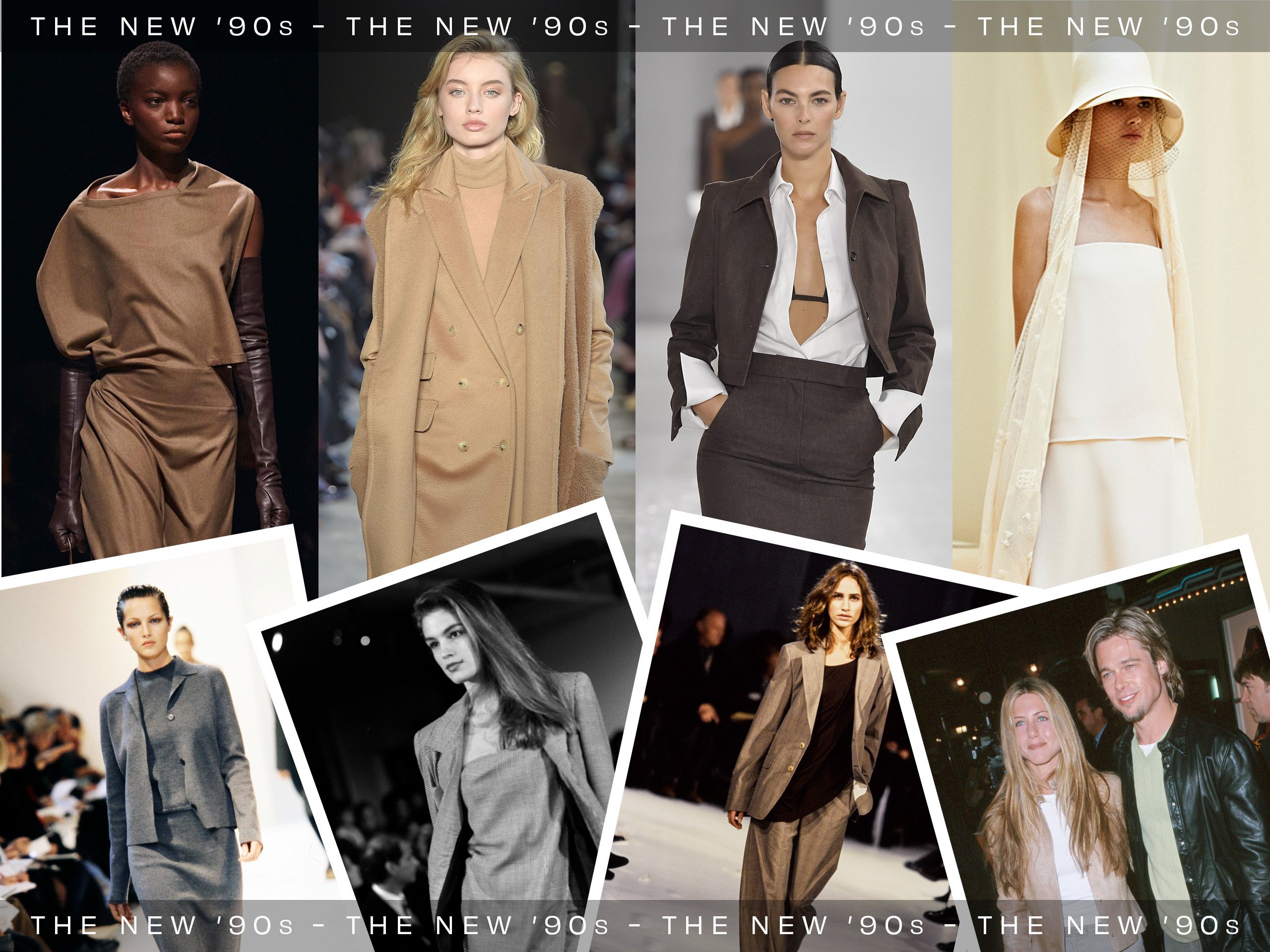
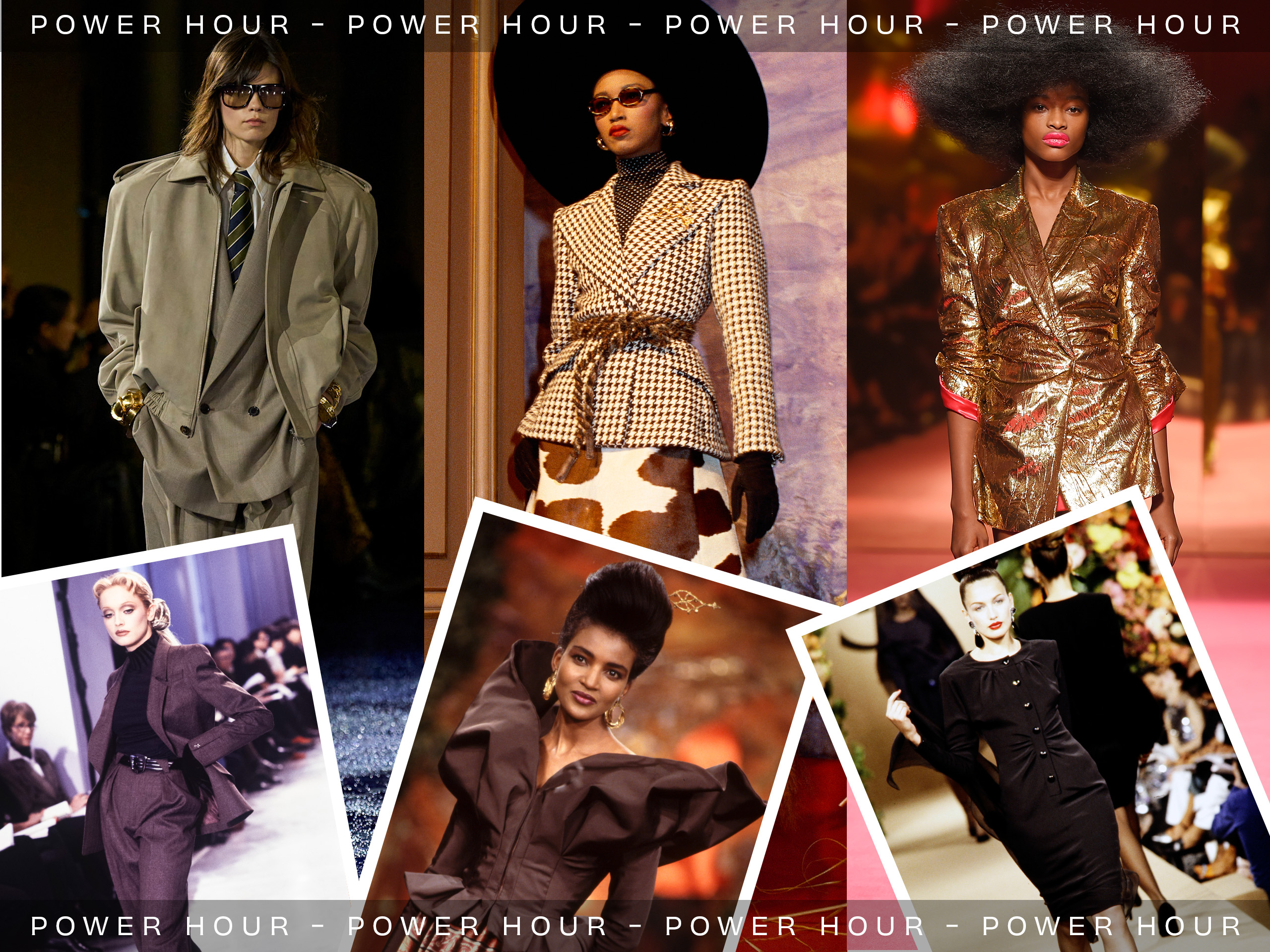
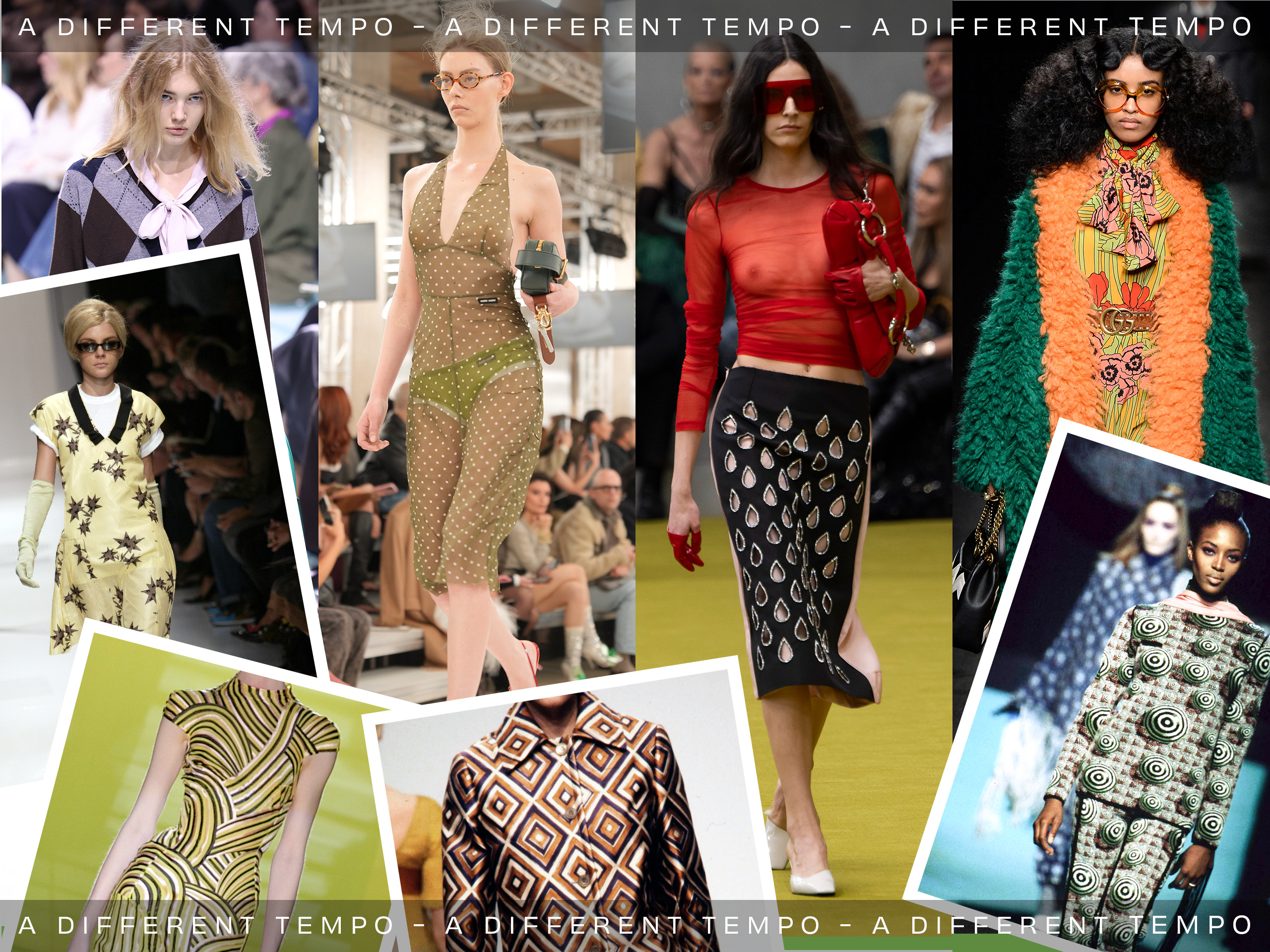
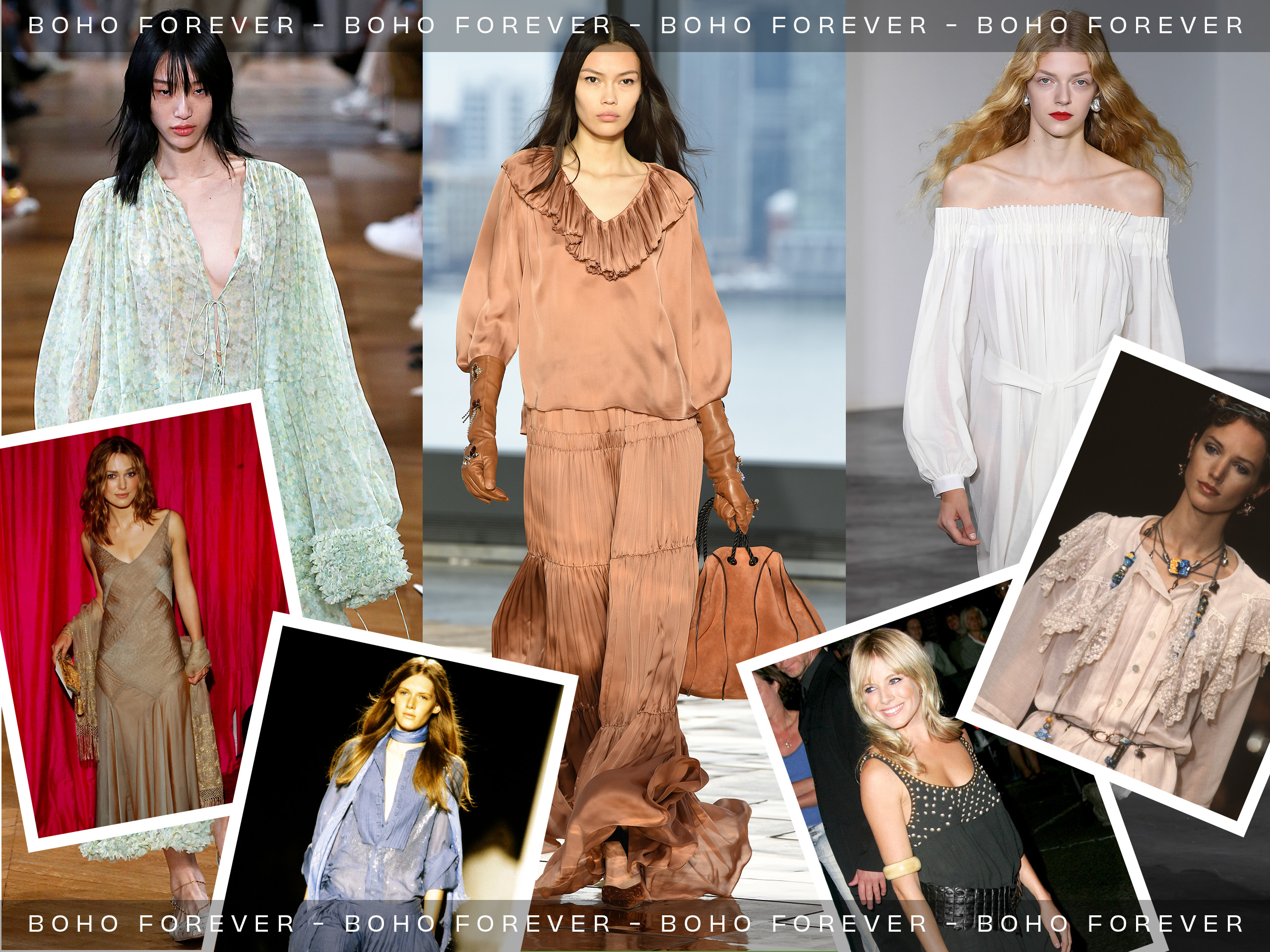
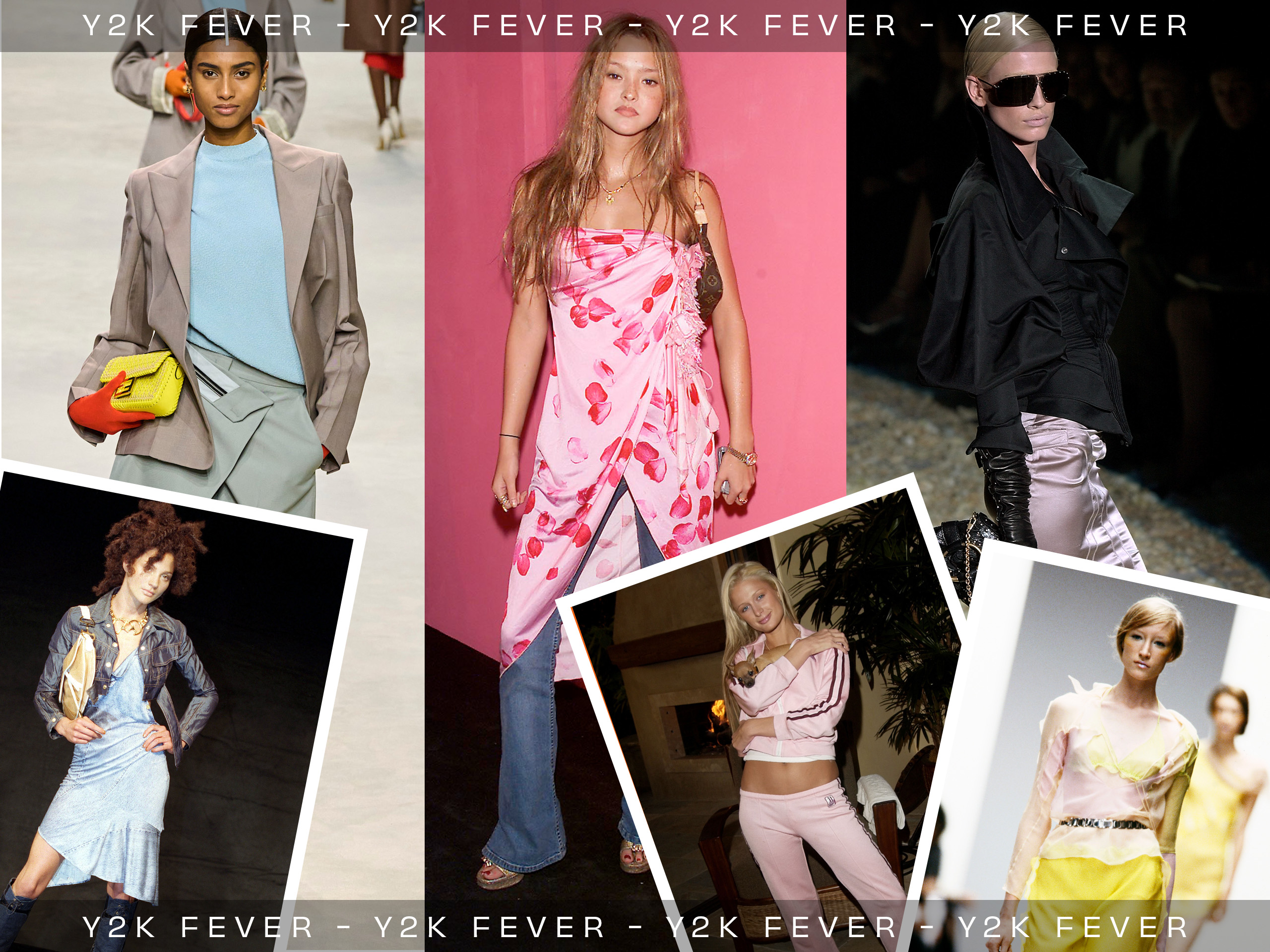
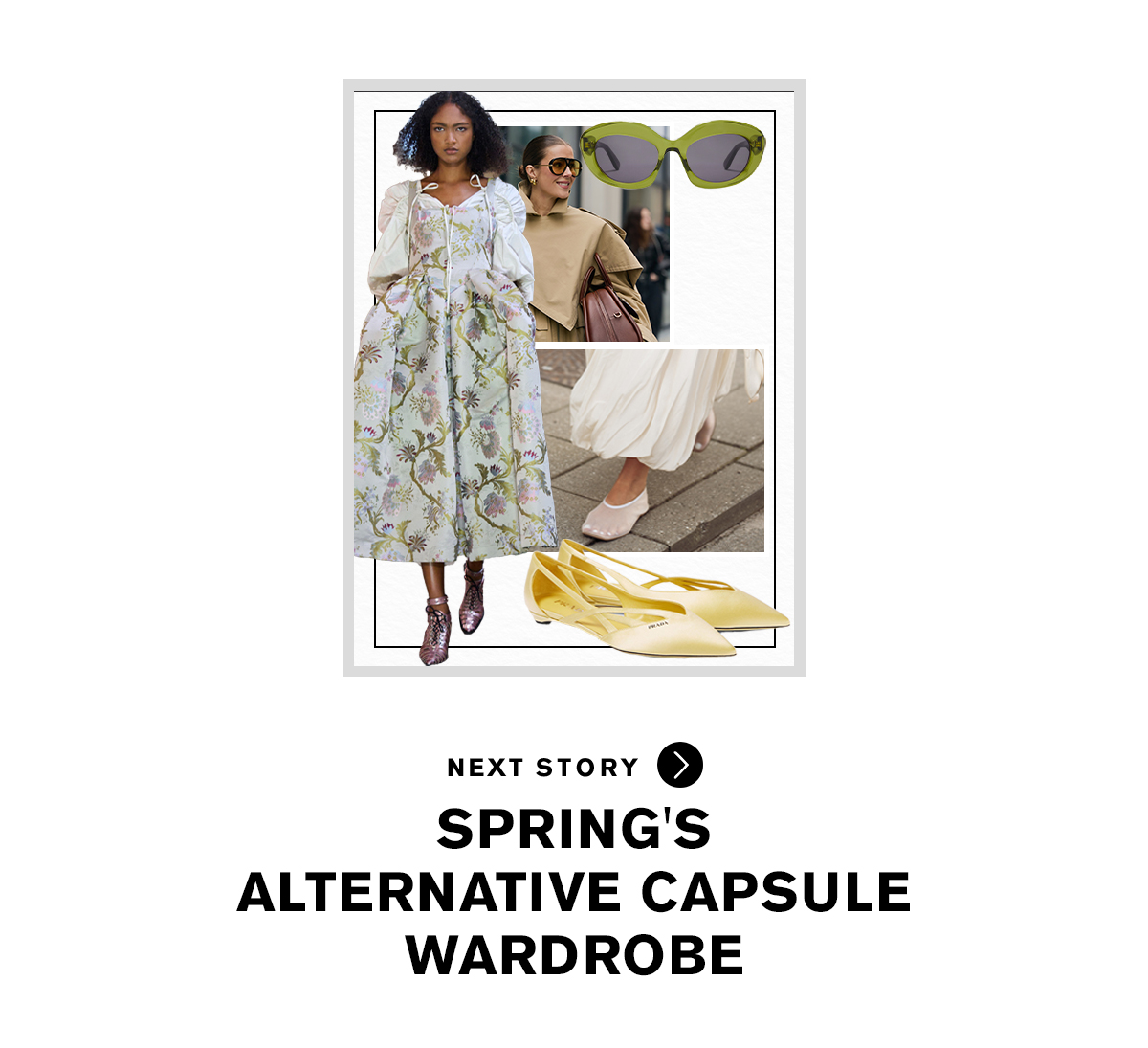

Natalie Munro is Who What Wear UK’s news writer and has worked in the fashion industry since she graduated with a degree in Journalism from the University of the Arts London. Natalie’s experience in the industry spans journalistic and styling roles that have seen her work for publications including British Vogue, Conde Nast Traveller, Vogue Ukraine, AnOther Magazine and Elle UK.
With an interest in uncovering the latest fashion trends, Natalie takes a leading role in identifying news for Who What Wear UK. Reporting on a daily basis, Natalie focuses on trends on and off the runway, as well as street style and celebrity fashion. Natalie also creates content for Who What Wear’s social channels including TikTok and Instagram on a weekly basis.
-
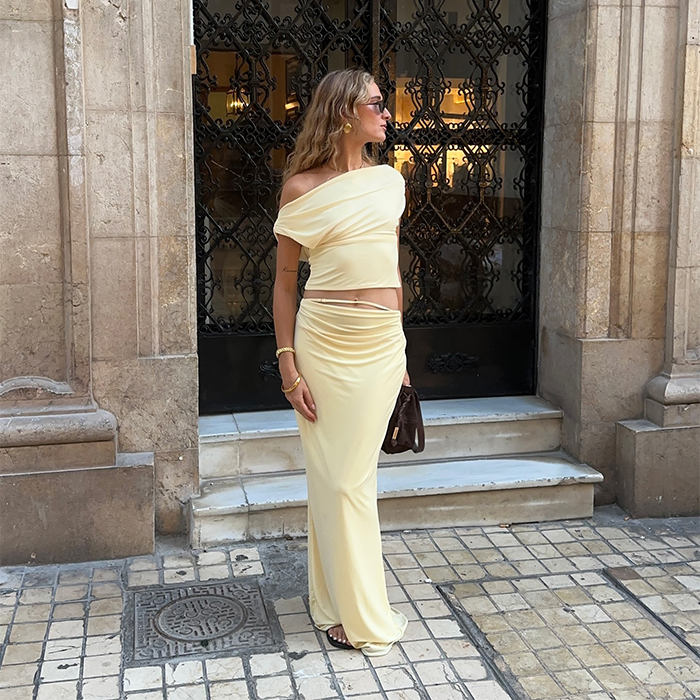 Stop Right There! These Gorgeous H&M and Zara New Arrivals Are Bound to Sell Out Soon
Stop Right There! These Gorgeous H&M and Zara New Arrivals Are Bound to Sell Out SoonThe only spring shopping list you need.
By Chichi Offor
-
 Kate Middleton Just Resurrected the Once-Forgotten Trend She Last Wore in 2007
Kate Middleton Just Resurrected the Once-Forgotten Trend She Last Wore in 2007It's as chic as ever.
By Drew Elovitz
-
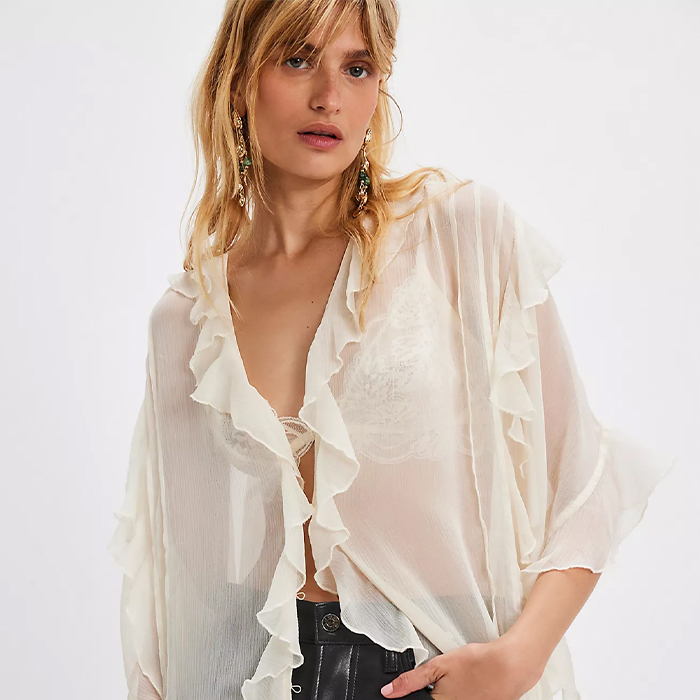 29 Spring Items From Free People That I'm Shopping for 2025
29 Spring Items From Free People That I'm Shopping for 2025These are going to go quickly.
By Chichi Offor
-
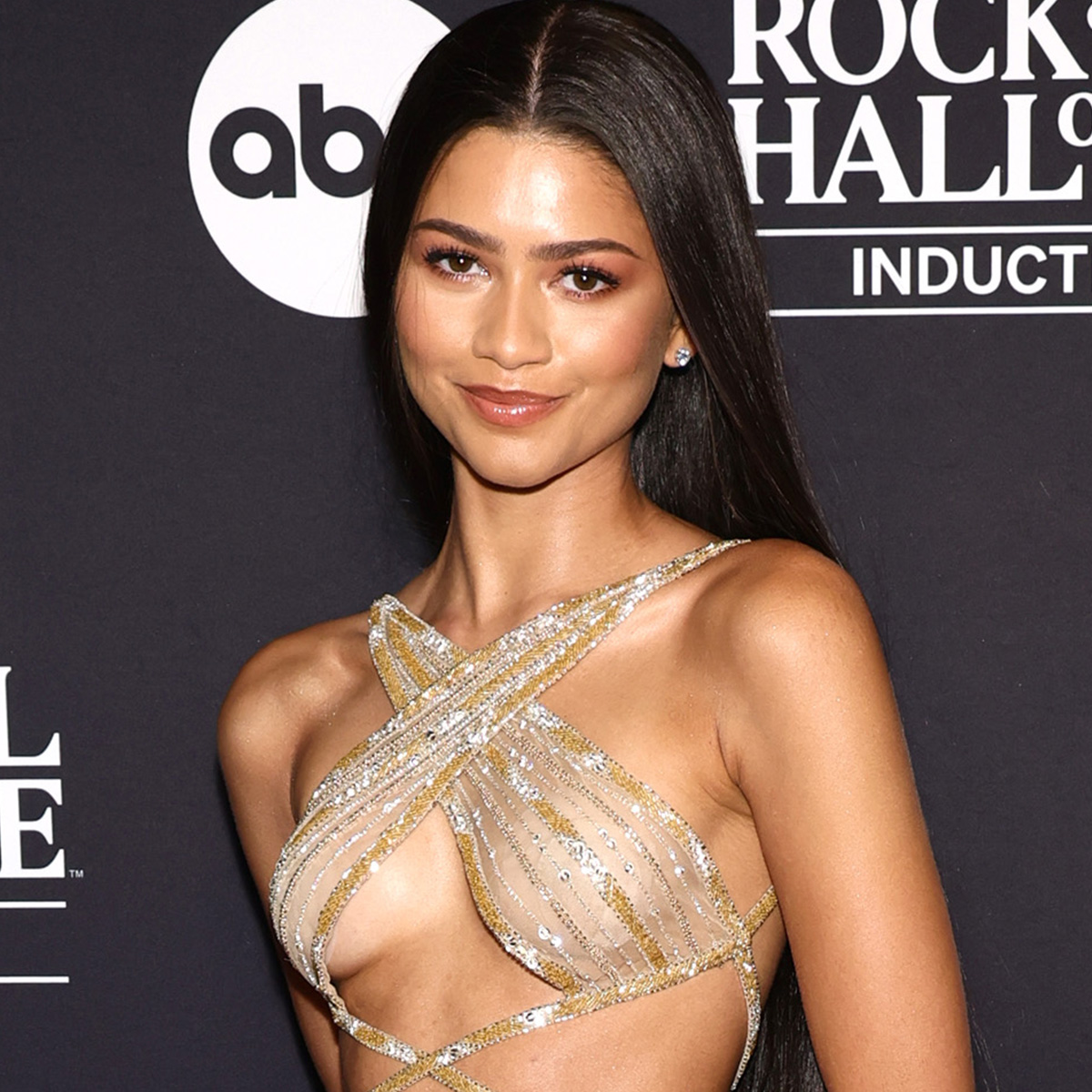 Zendaya's Extremely Revealing Naked Dress Is Giving '70s Cher
Zendaya's Extremely Revealing Naked Dress Is Giving '70s CherAn homage.
By Eliza Huber
-
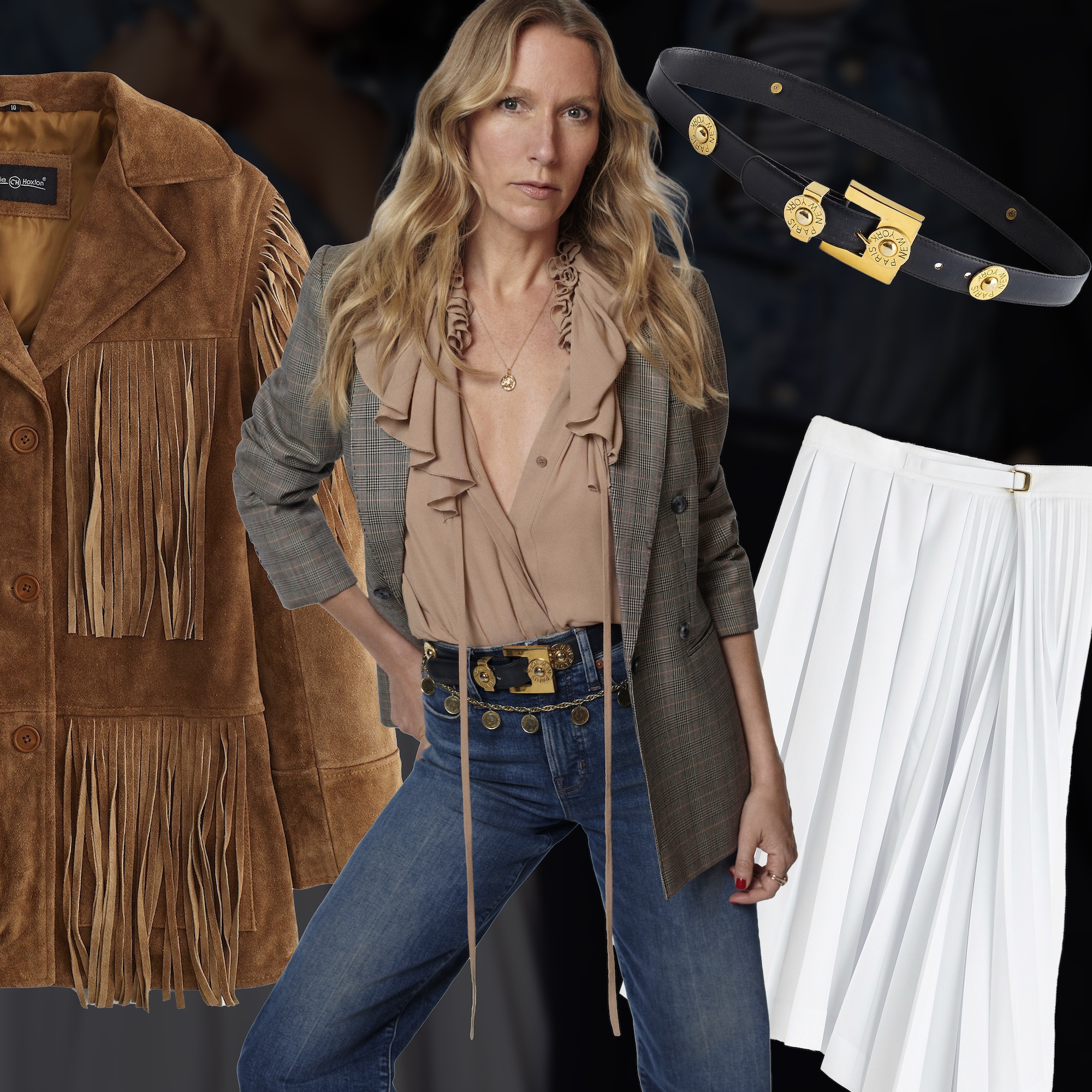 I'm a Stylist and a Pre-Loved Fashion Company Founder—These 20 Chic Fall Pieces Have My Attention
I'm a Stylist and a Pre-Loved Fashion Company Founder—These 20 Chic Fall Pieces Have My AttentionThese boho-chic finds are guaranteed to sell out.
By Jennifer Camp Forbes
-
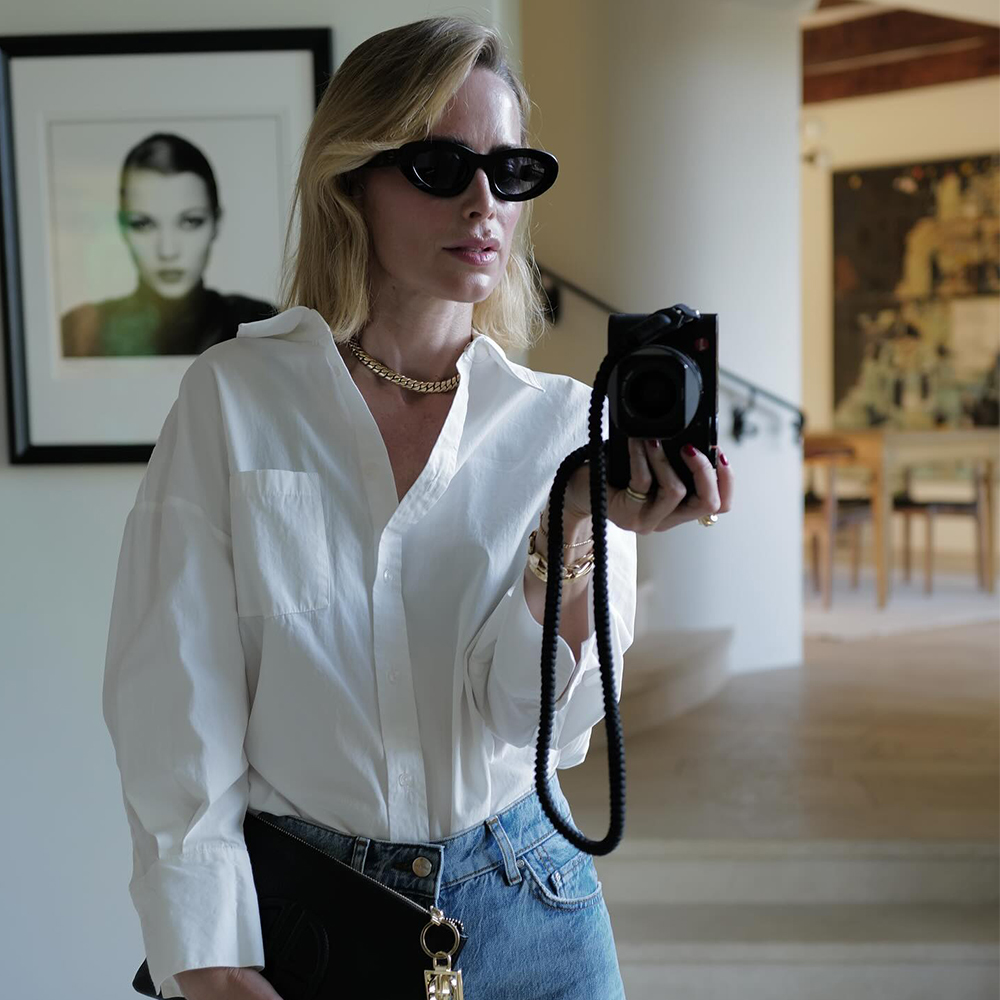 I'm a Shopping Director—These Are the 49 Chic Items I Can't Stop Thinking About
I'm a Shopping Director—These Are the 49 Chic Items I Can't Stop Thinking AboutElevated picks.
By Bobby Schuessler
-
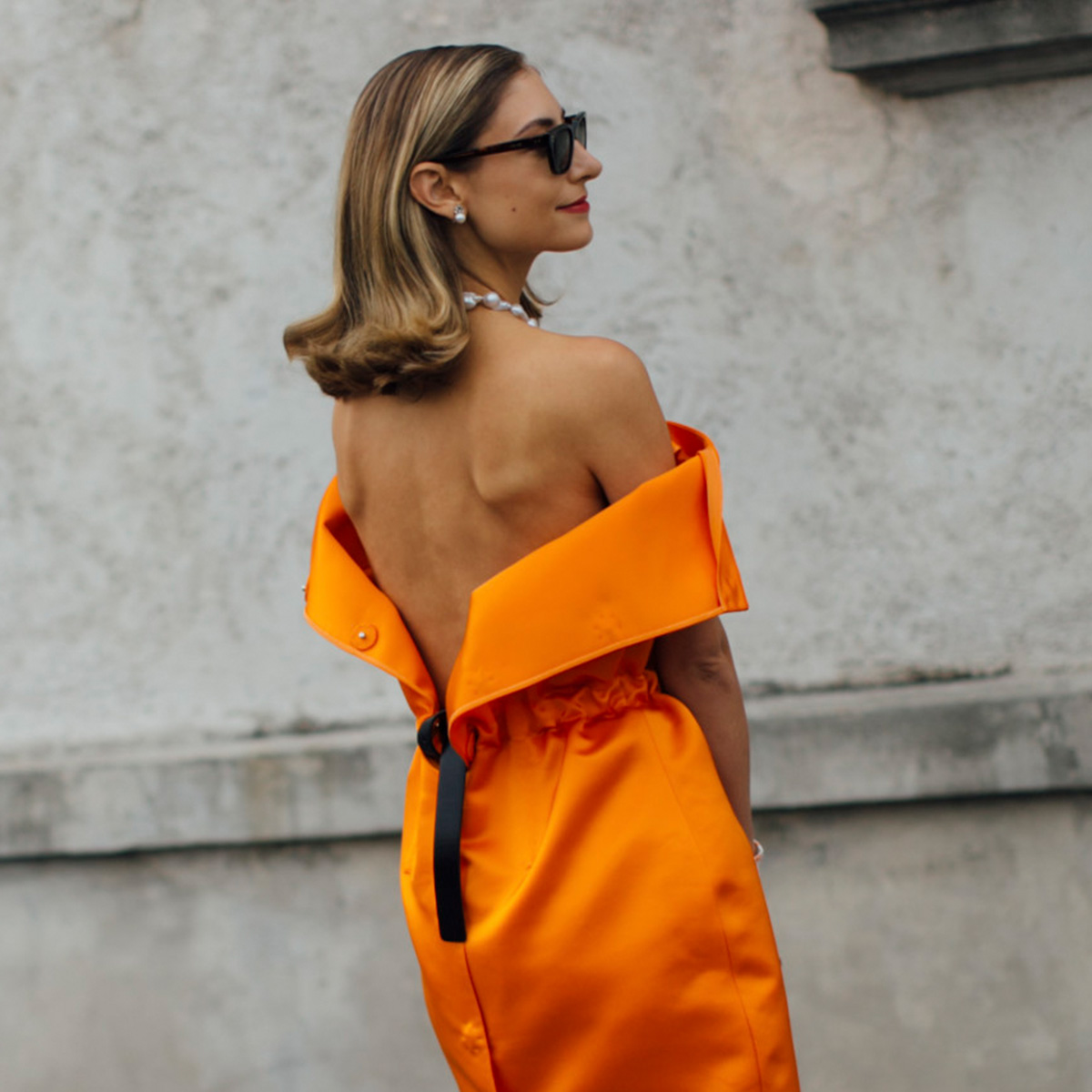 No One Stalks The RealReal More Than Me—38 Finds You Actually Need to See
No One Stalks The RealReal More Than Me—38 Finds You Actually Need to SeeThey won't last.
By Eliza Huber
-
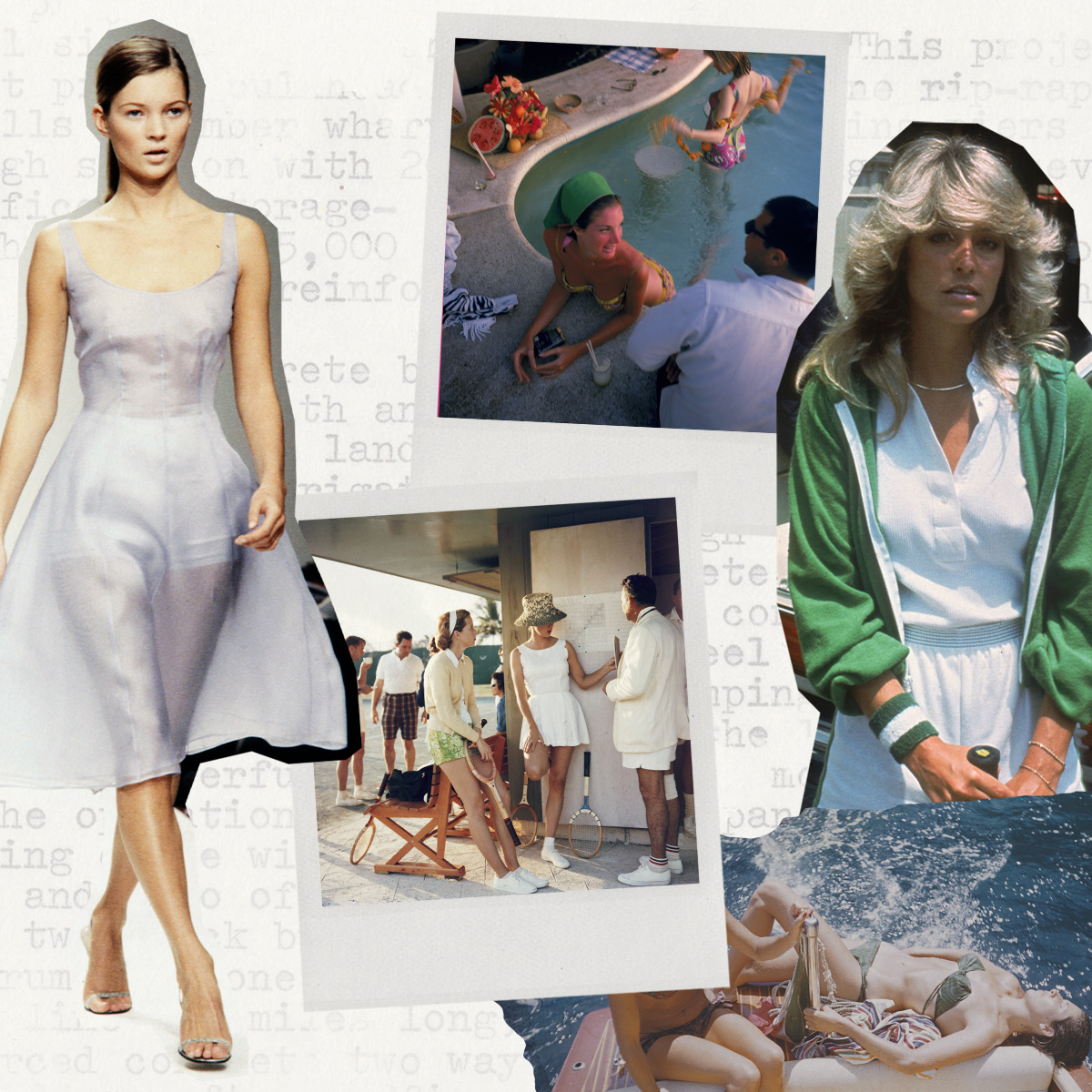 Vintage or Nothing: 4 Summer Styles You Can (and Should) Buy Secondhand
Vintage or Nothing: 4 Summer Styles You Can (and Should) Buy SecondhandThe coolest one-of-a-kind finds are ahead.
By Judith Jones
